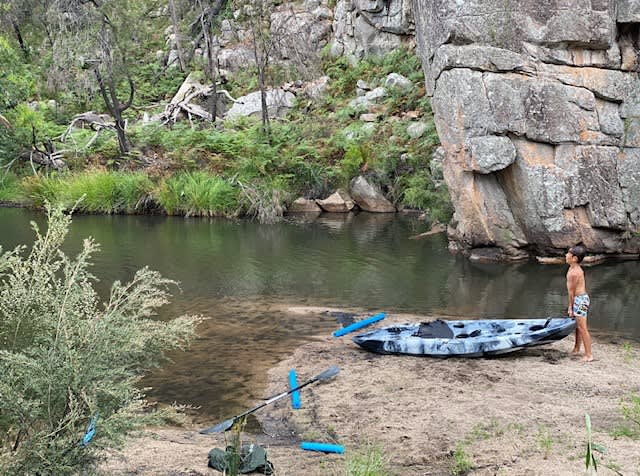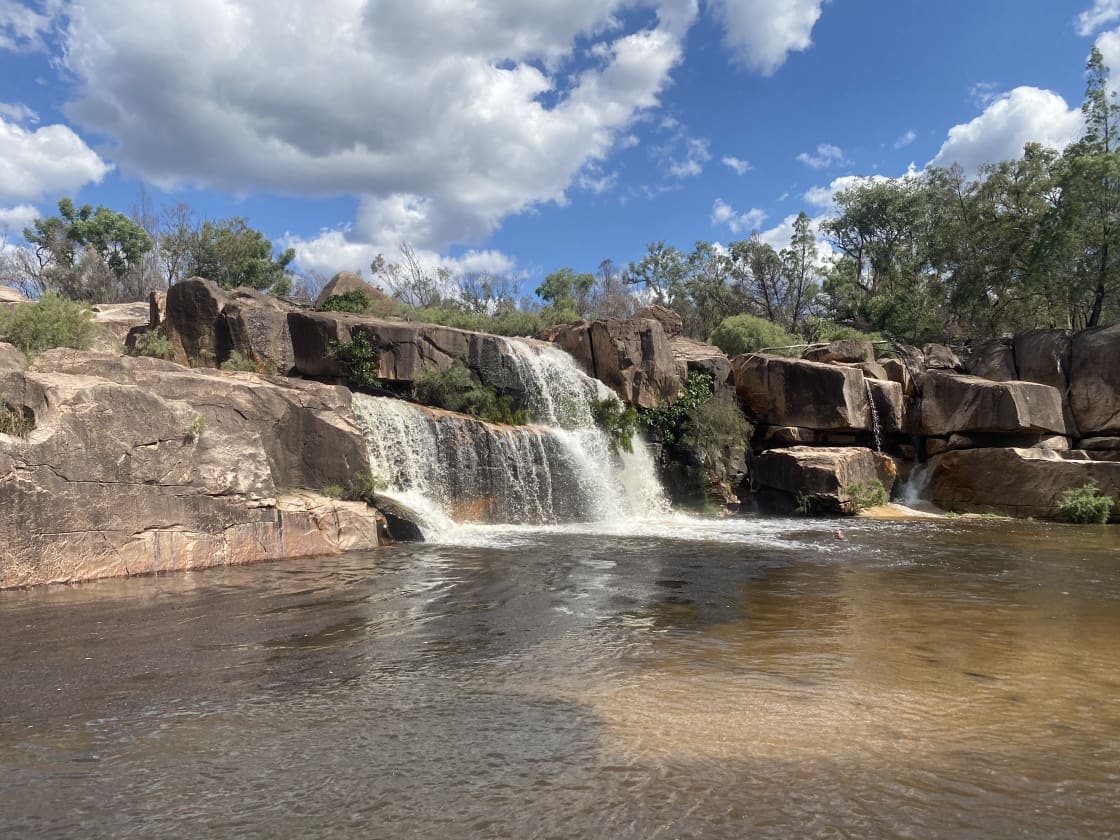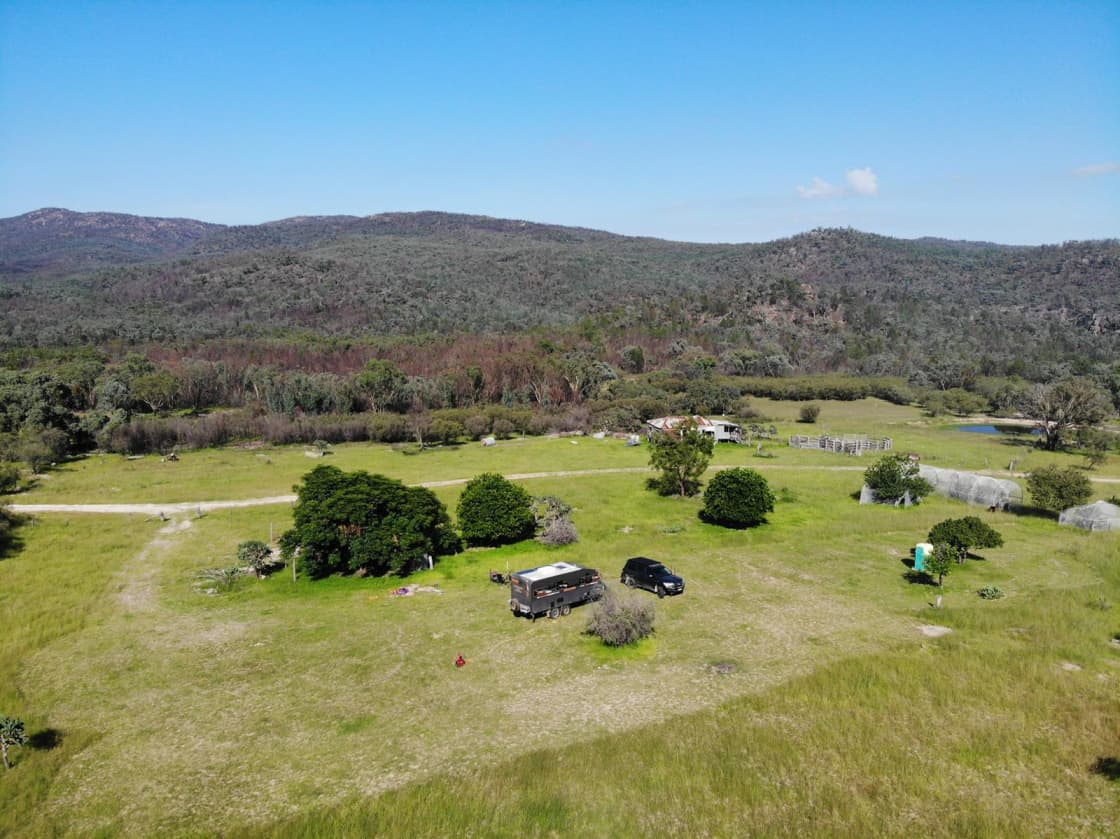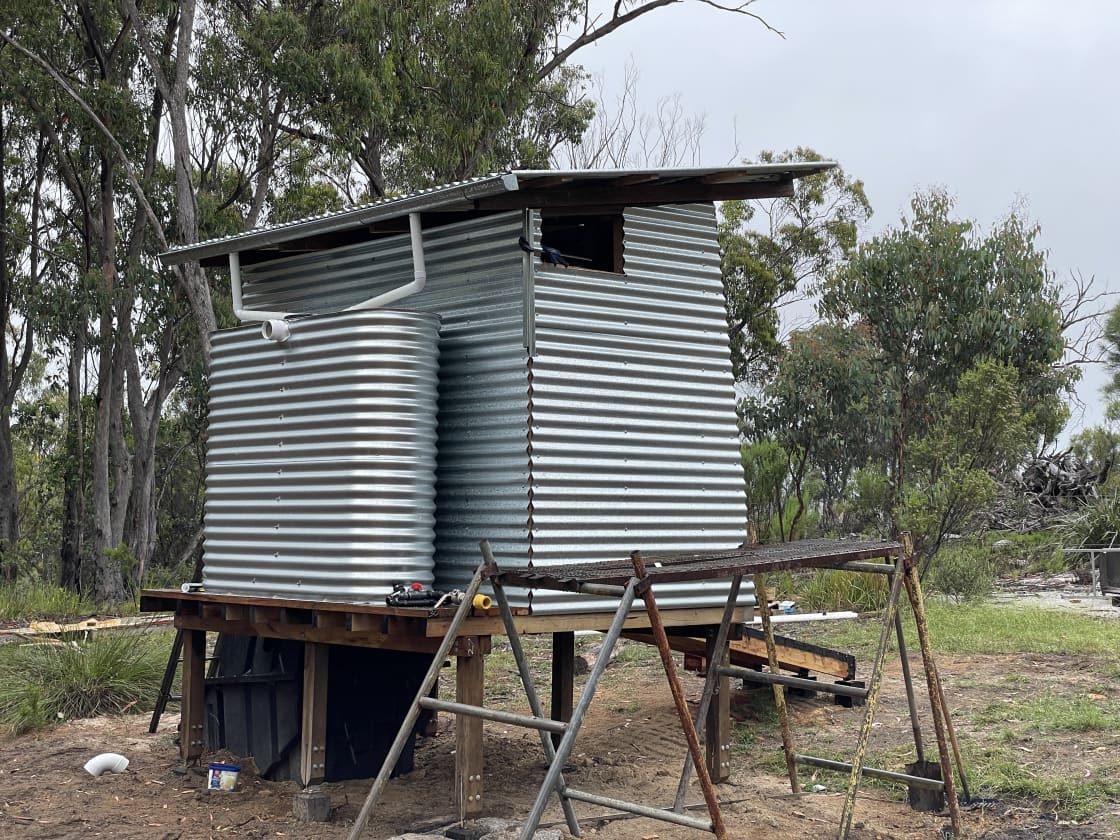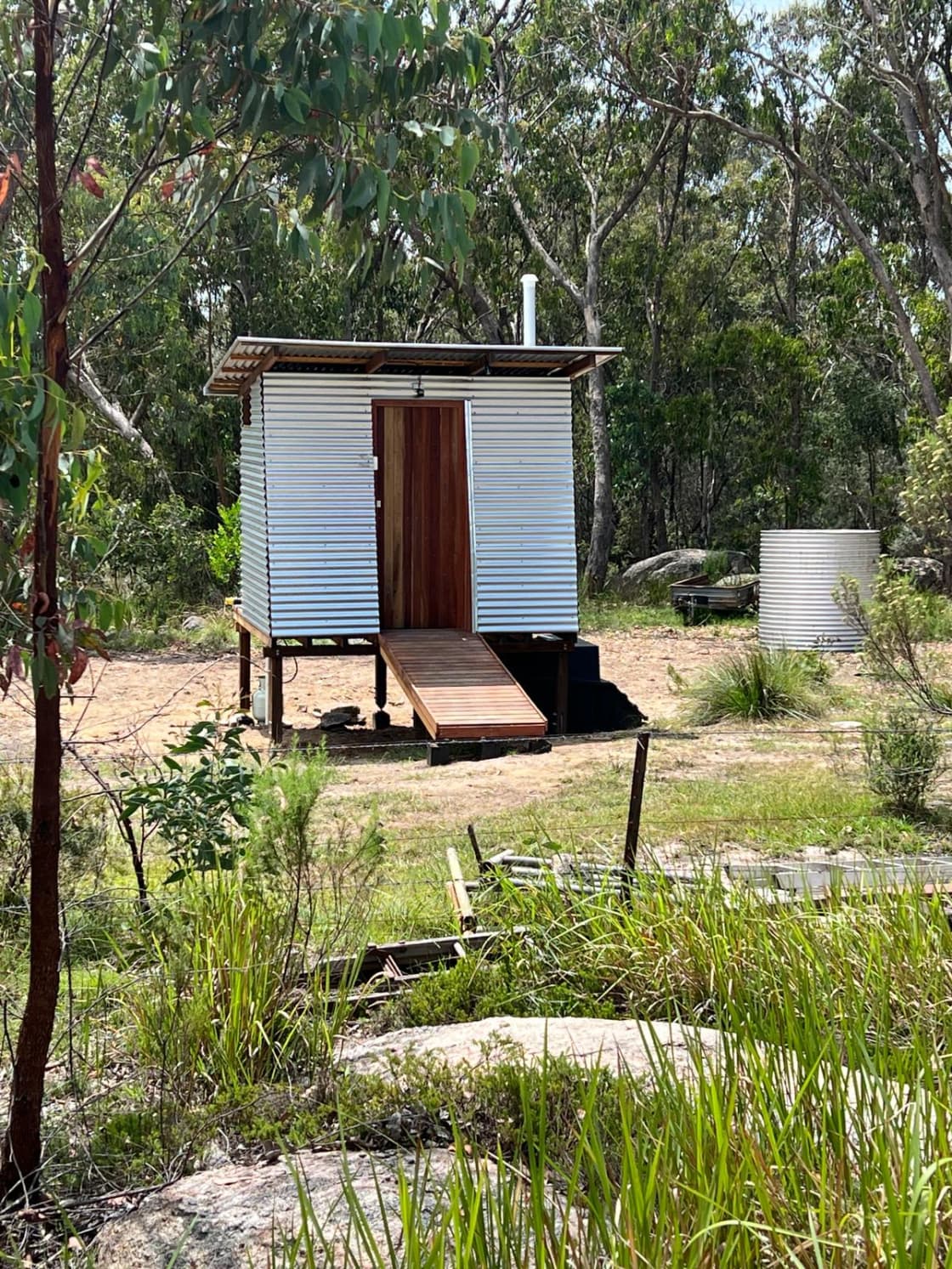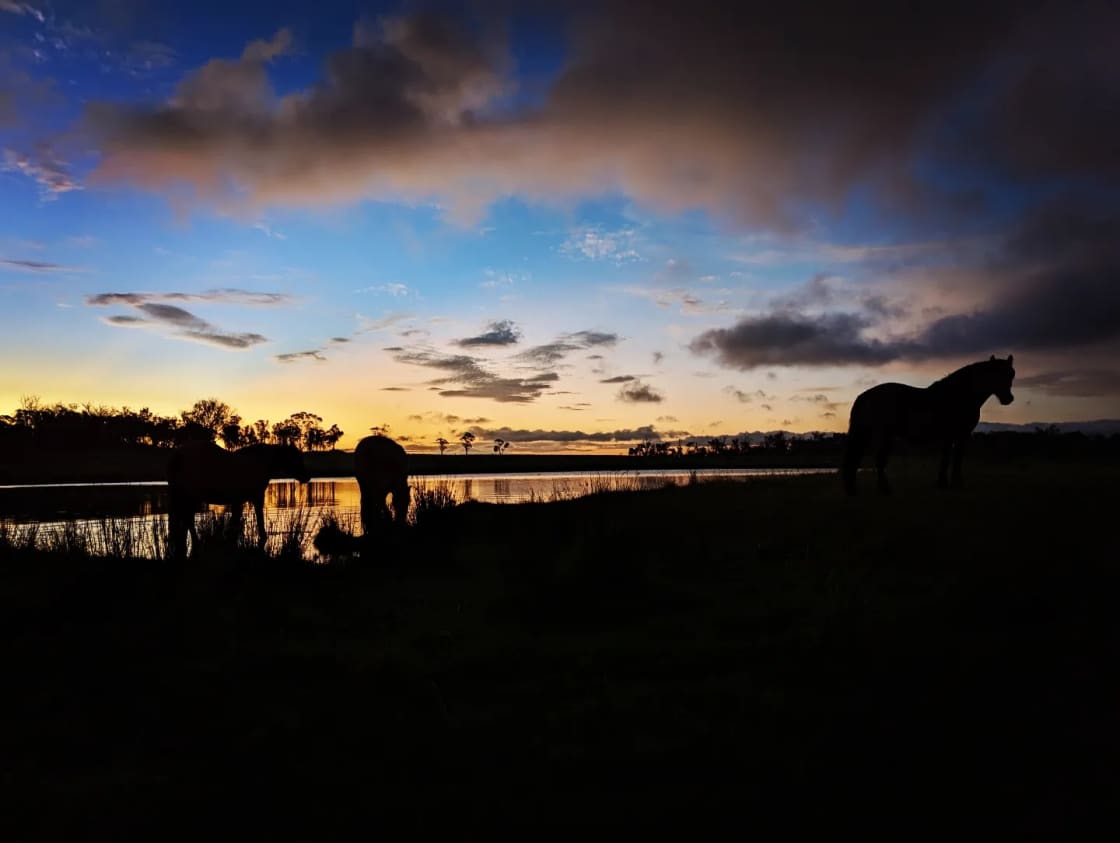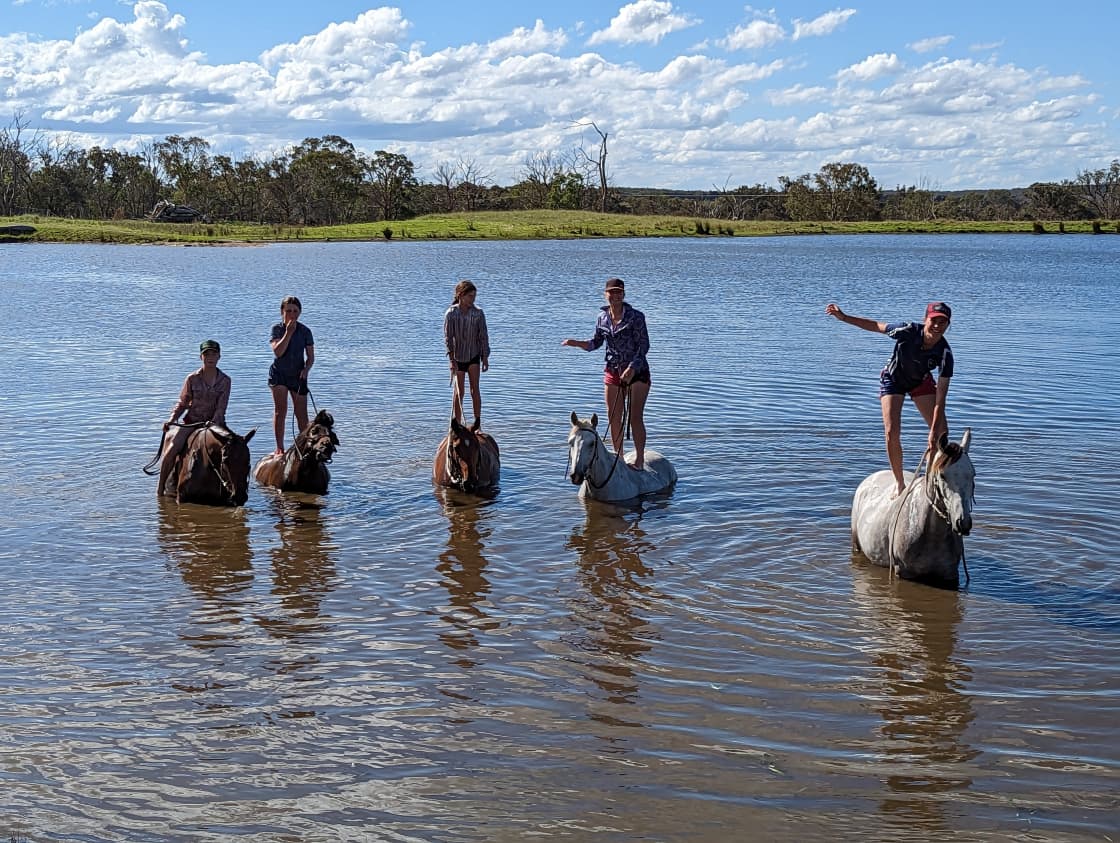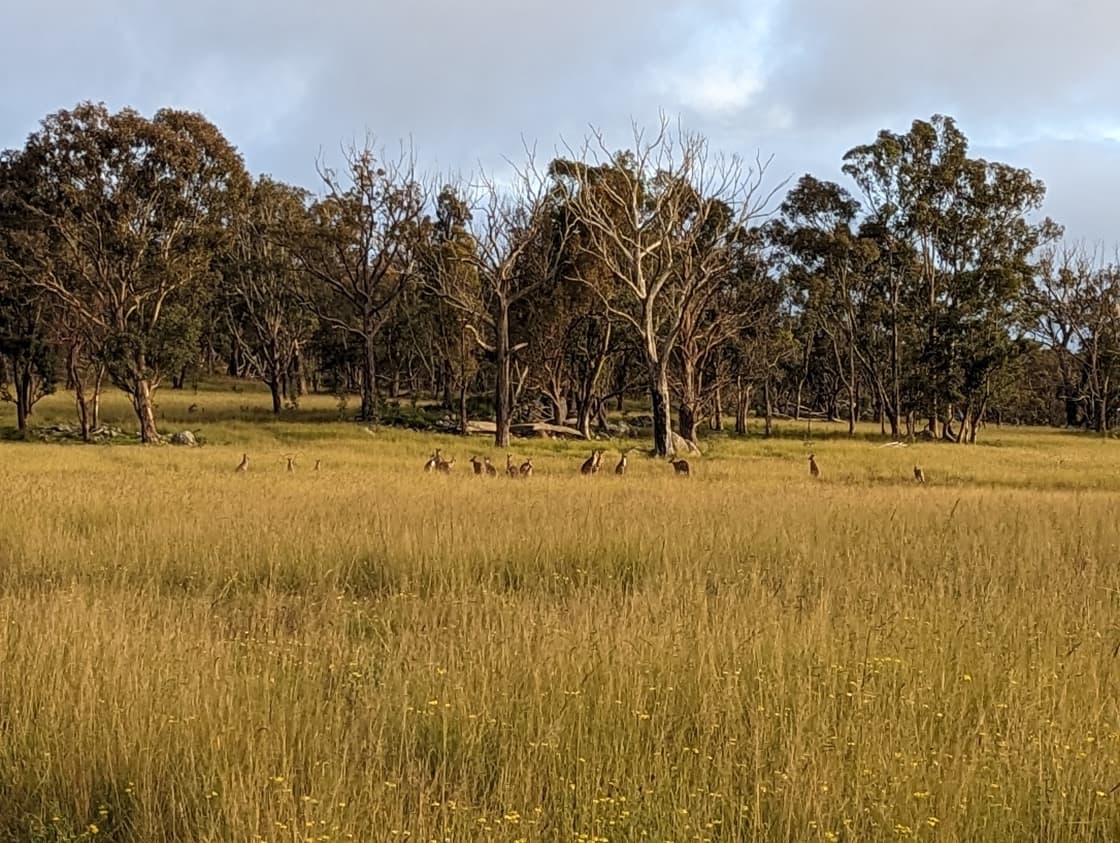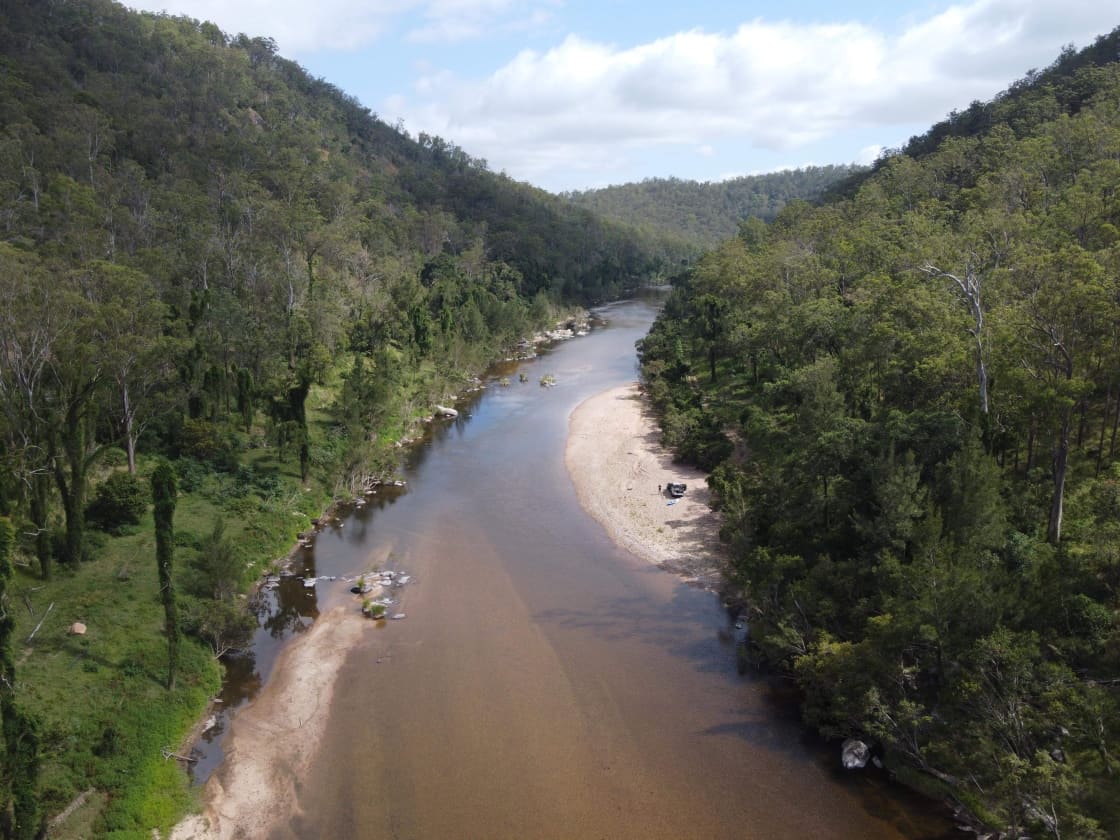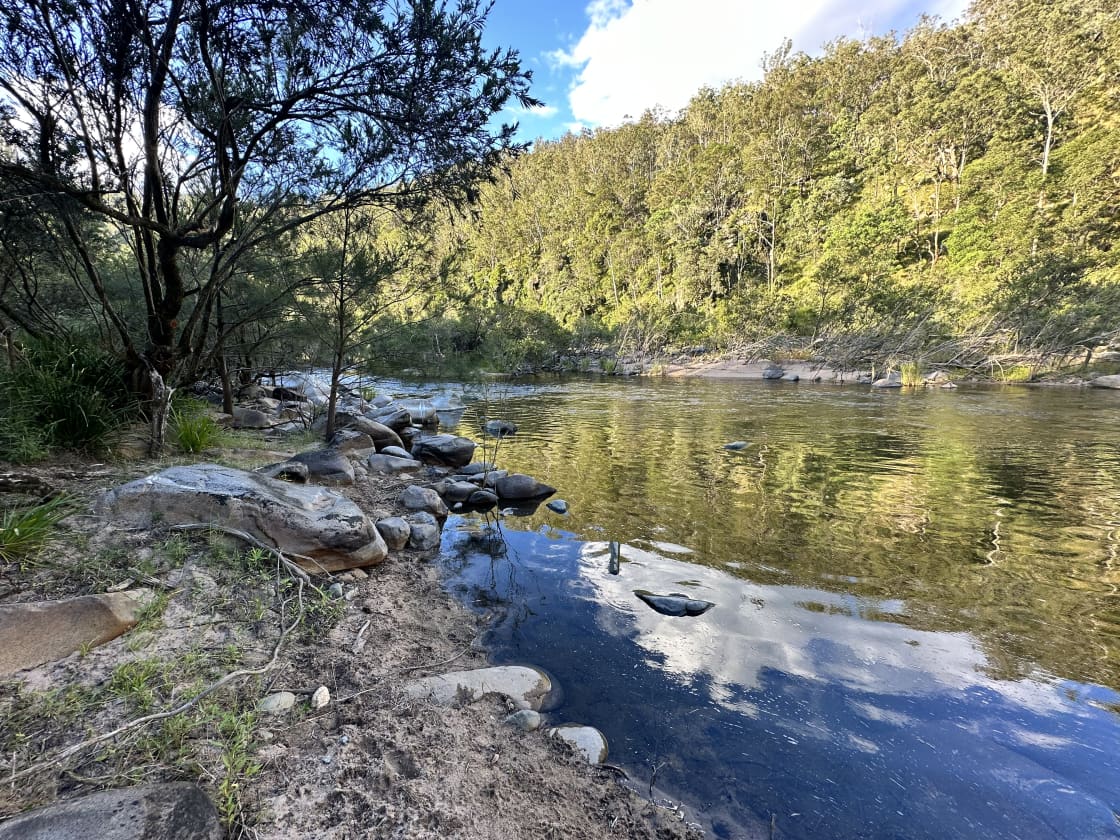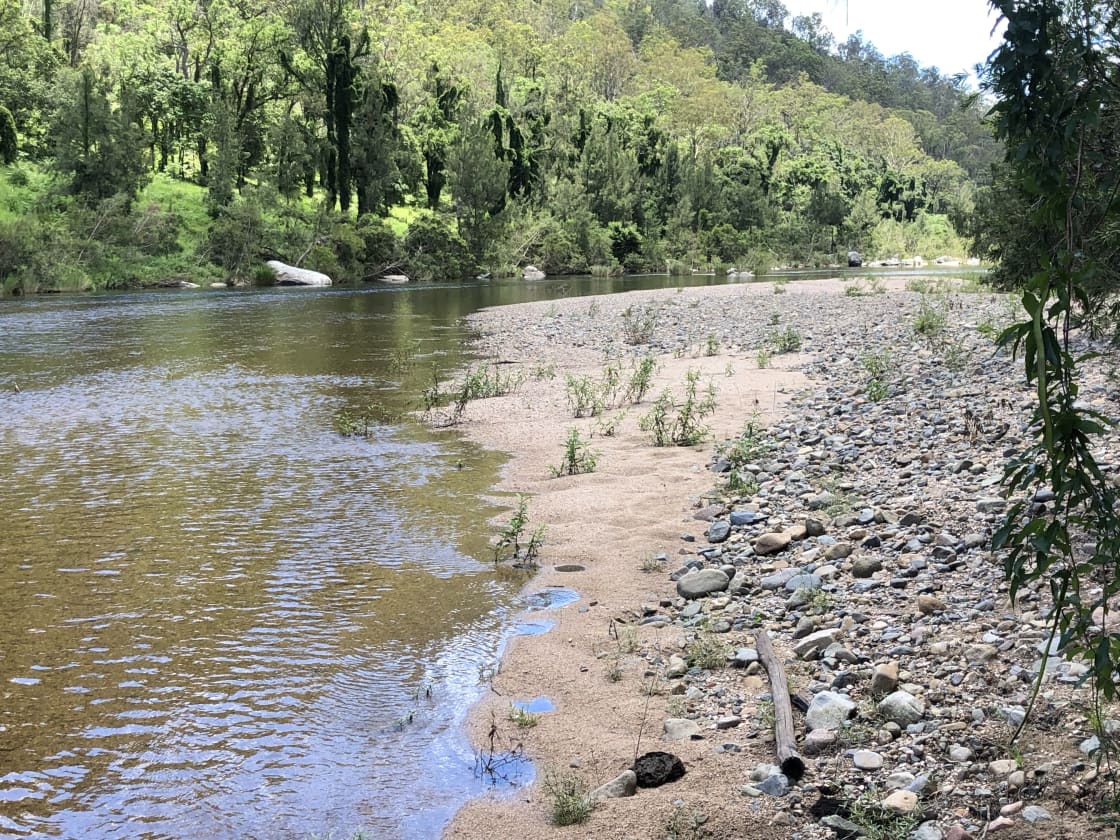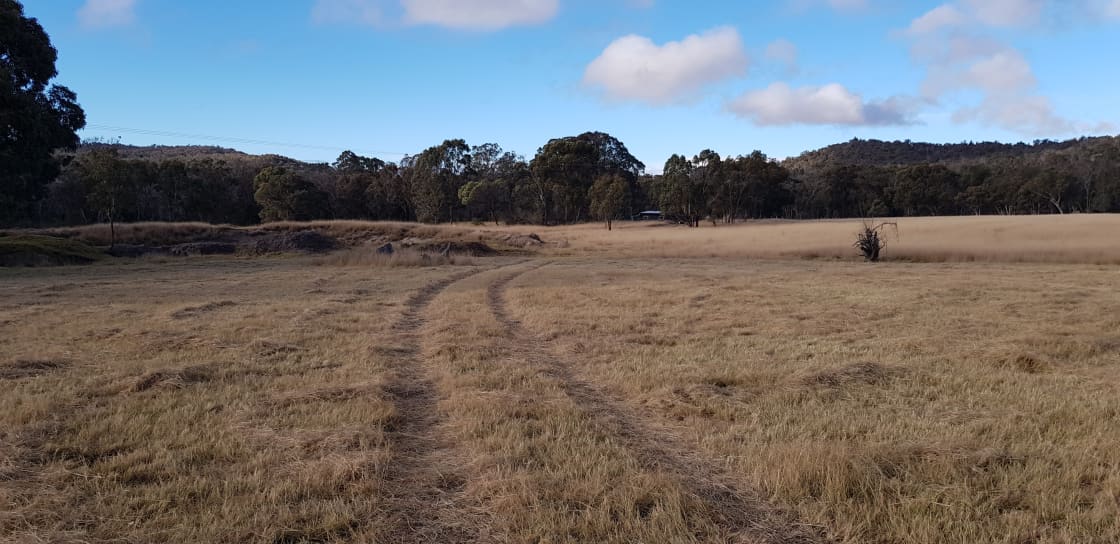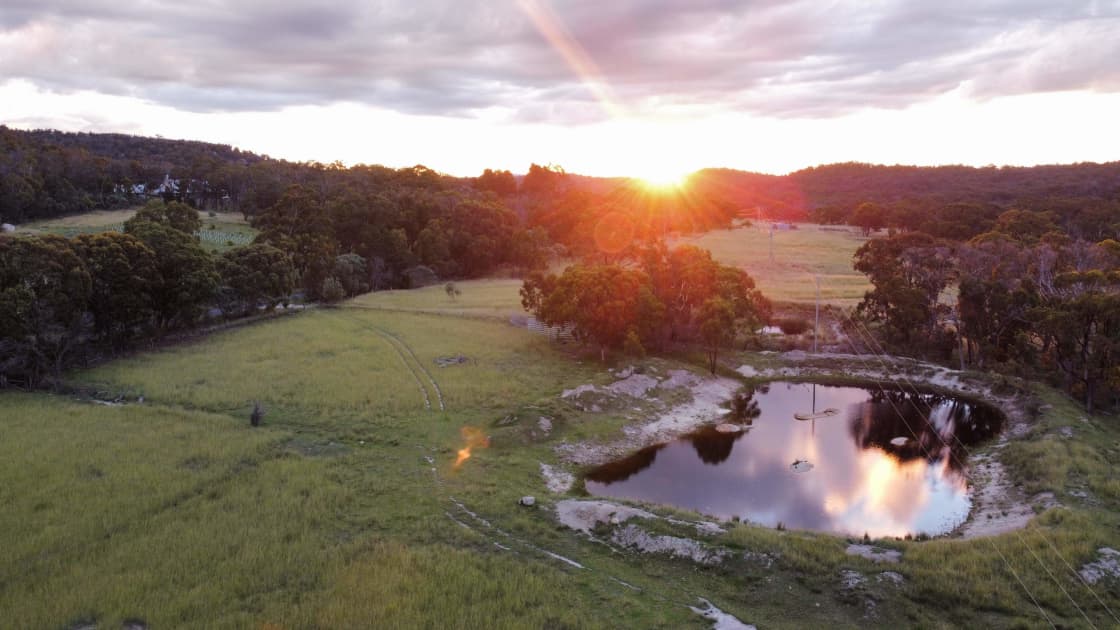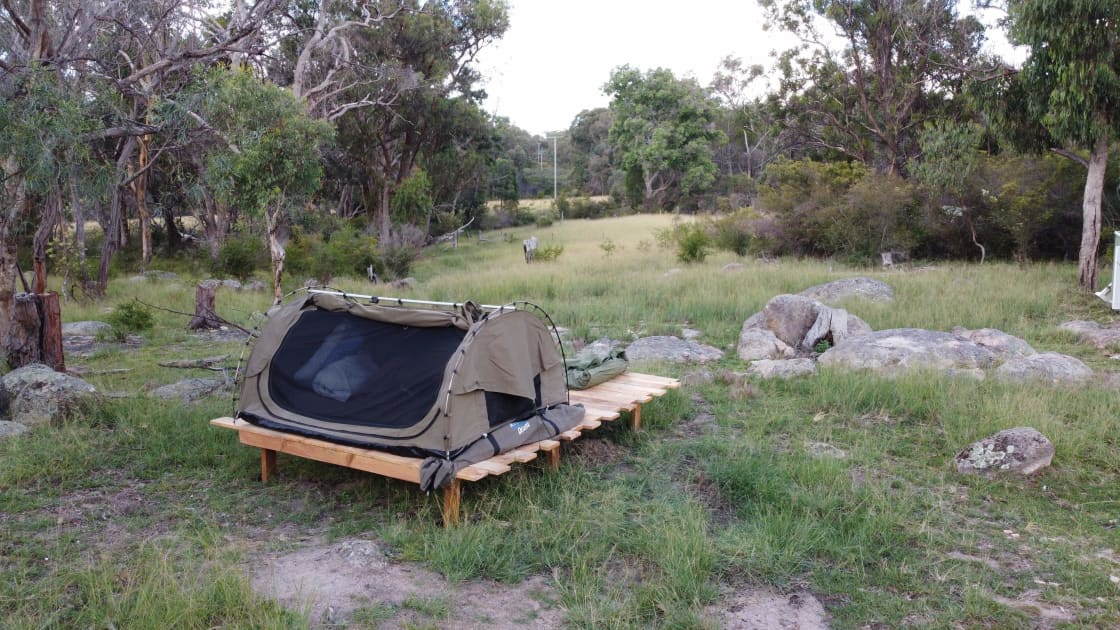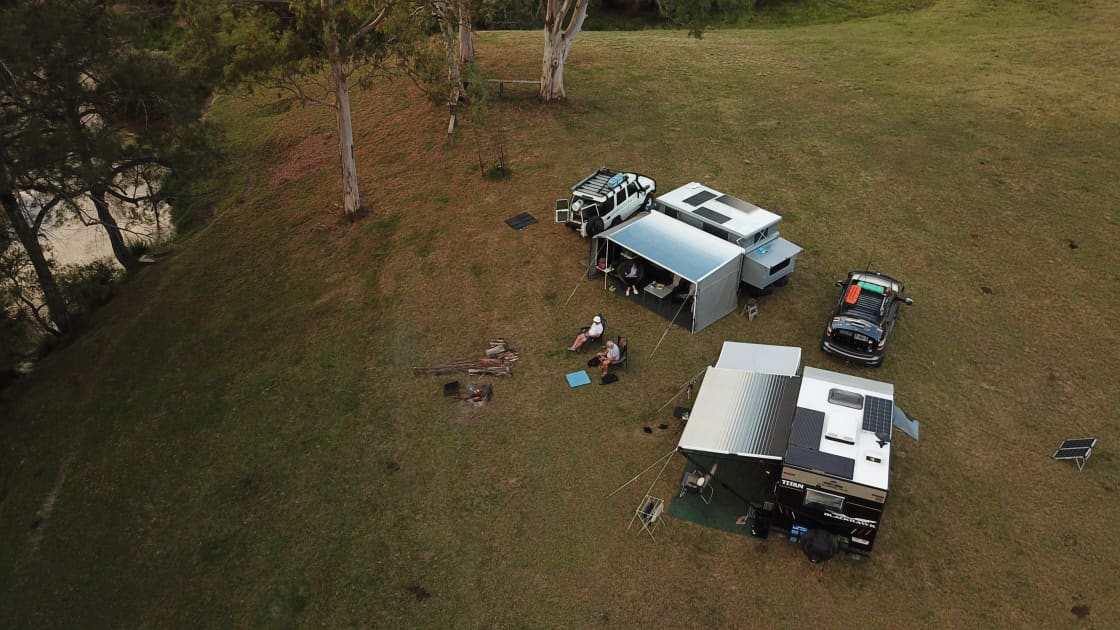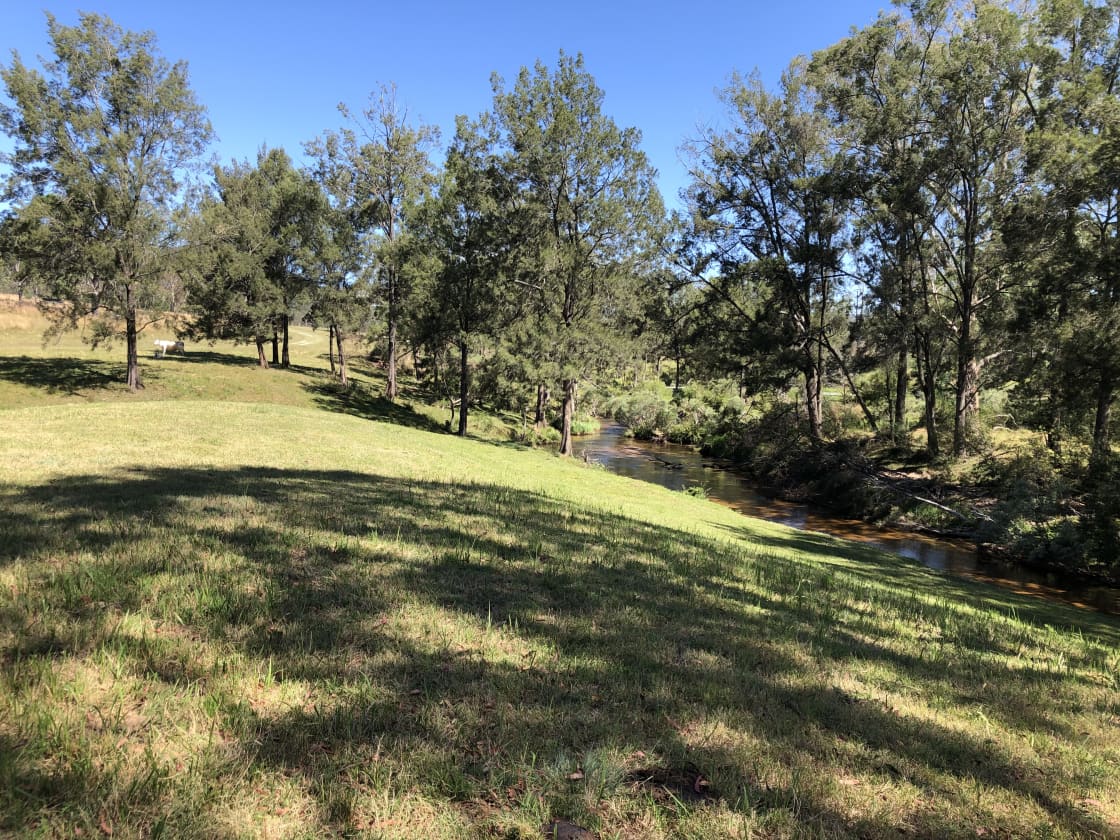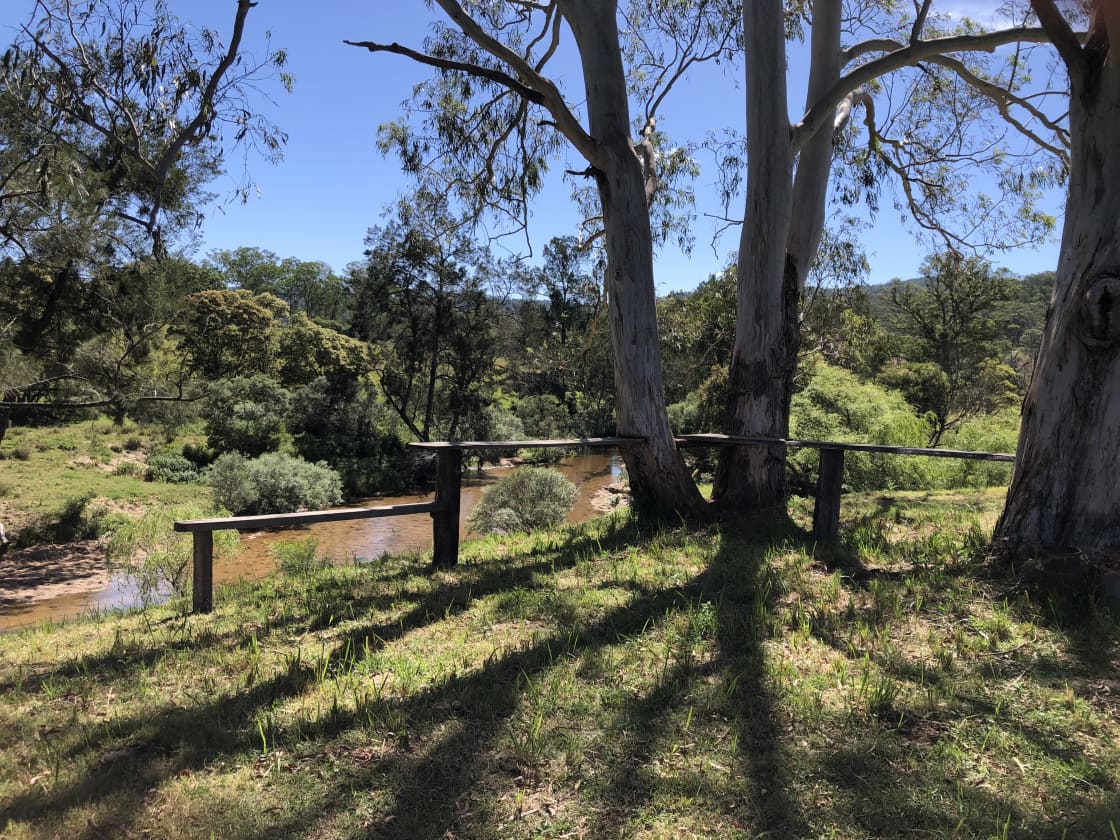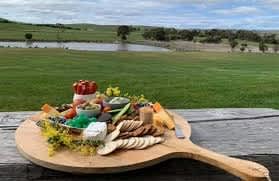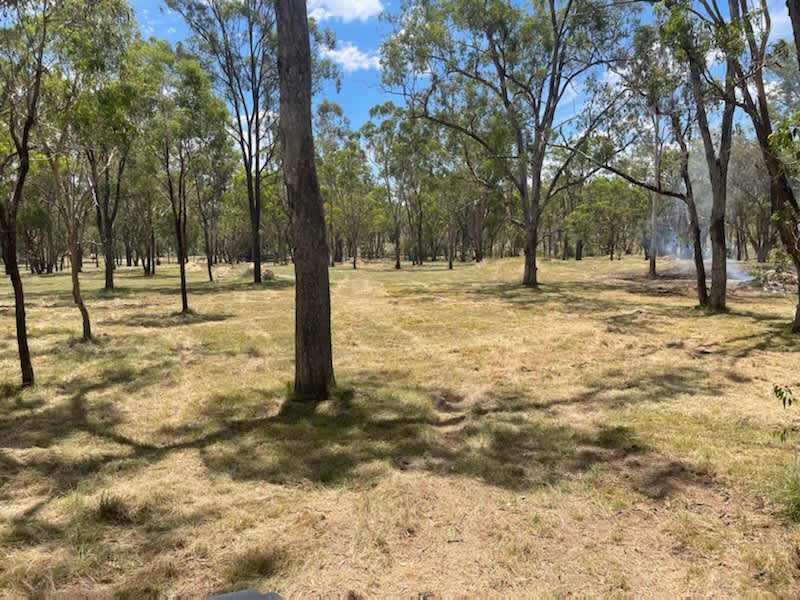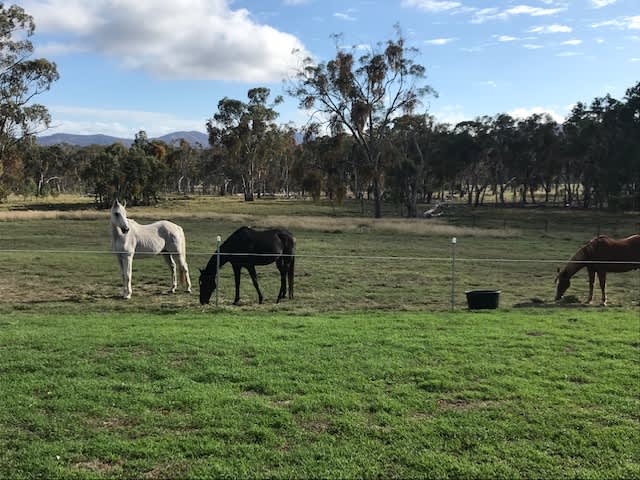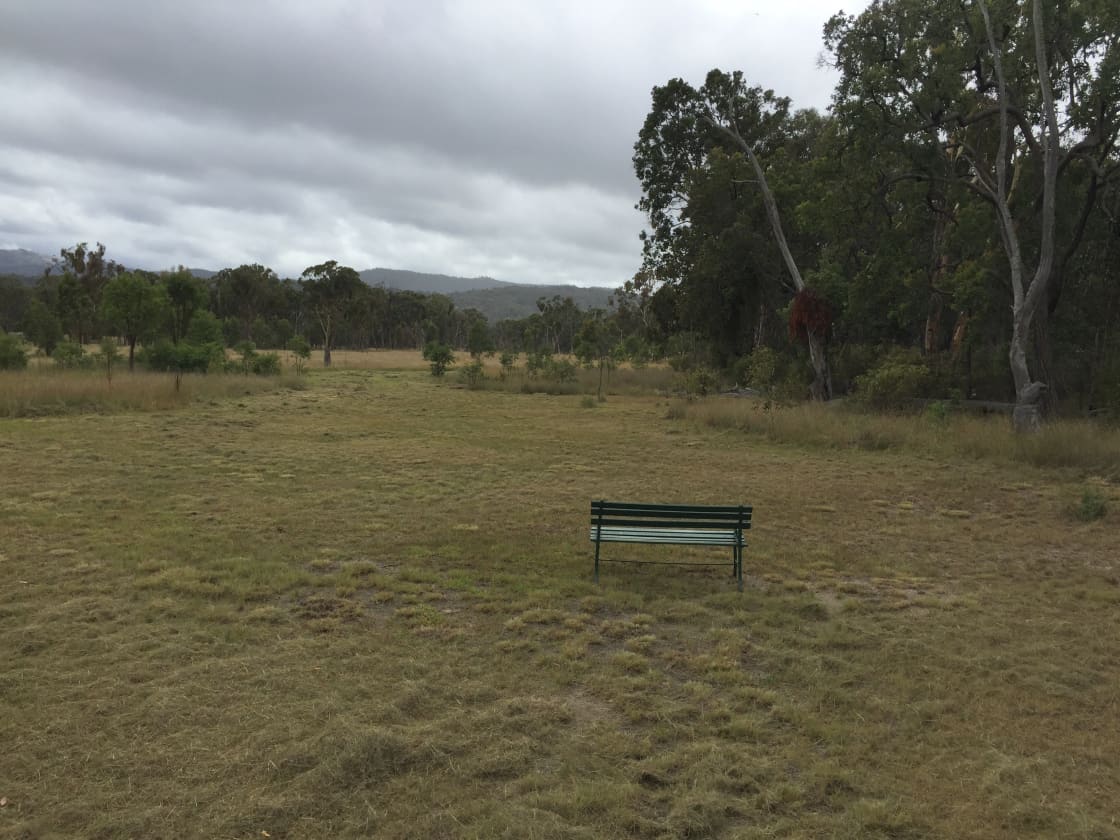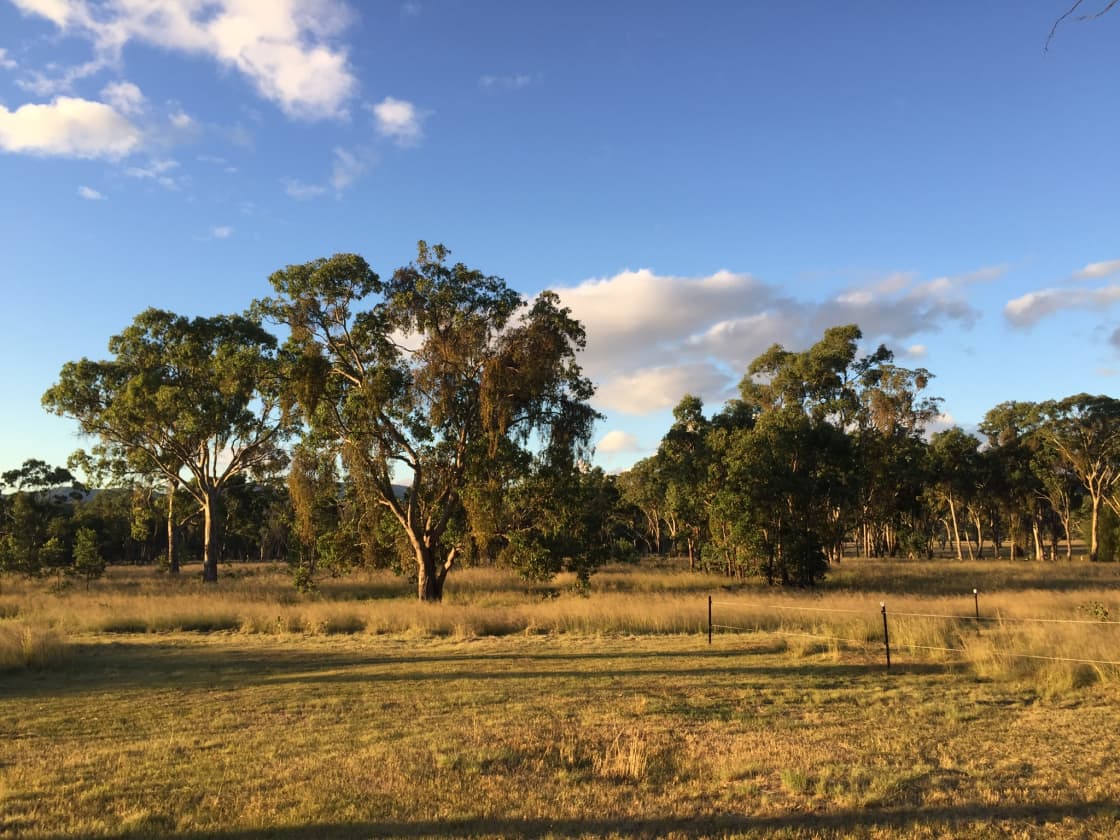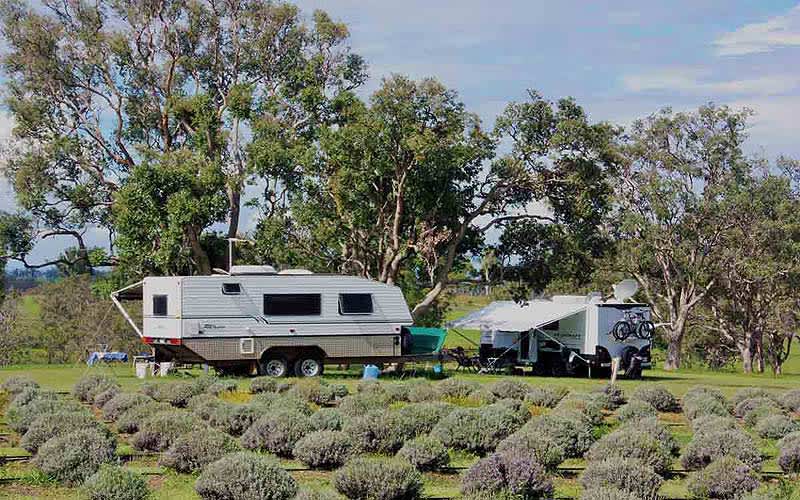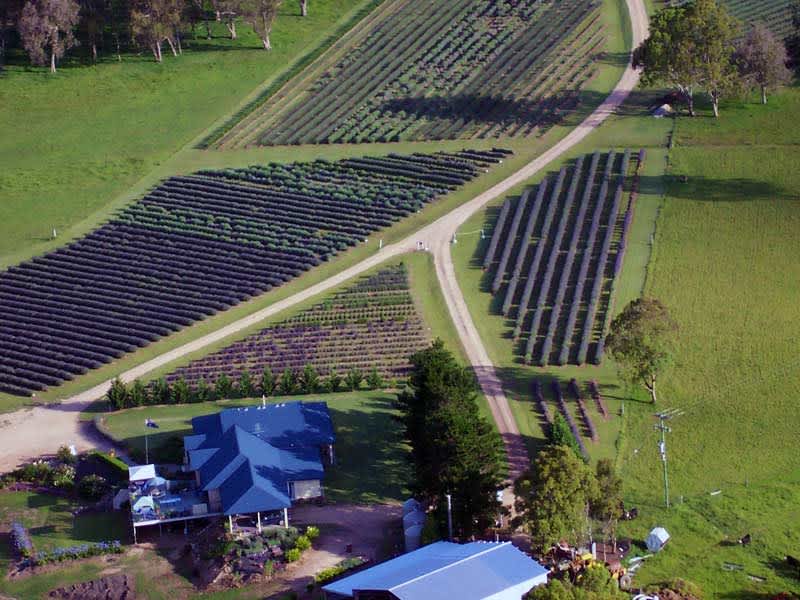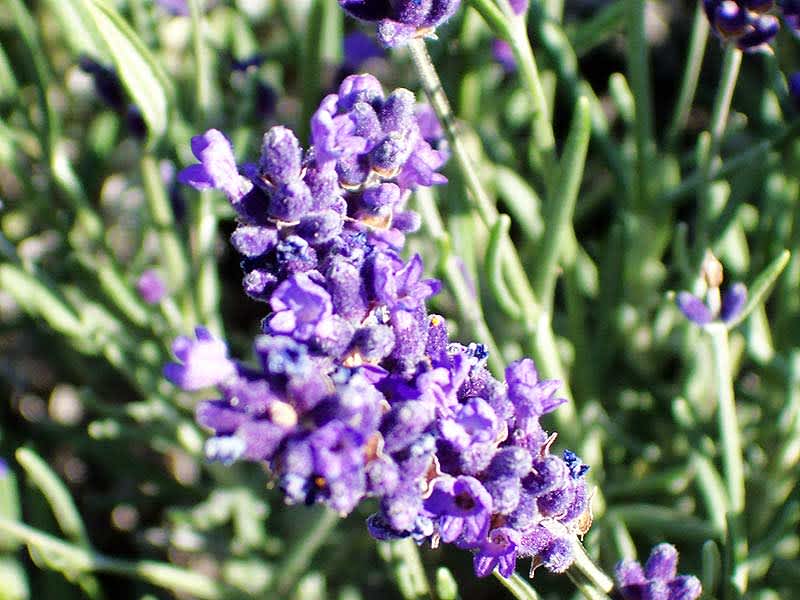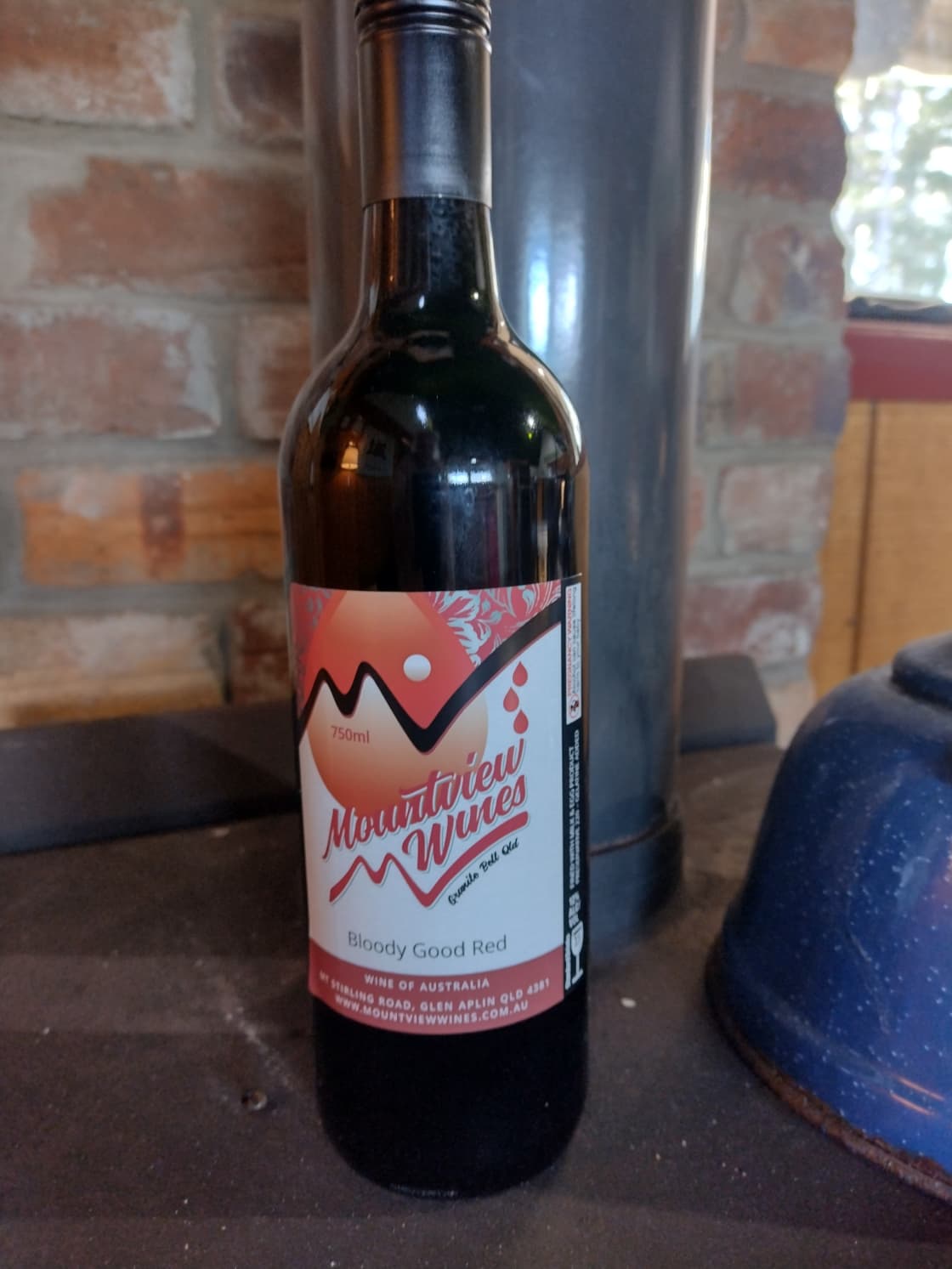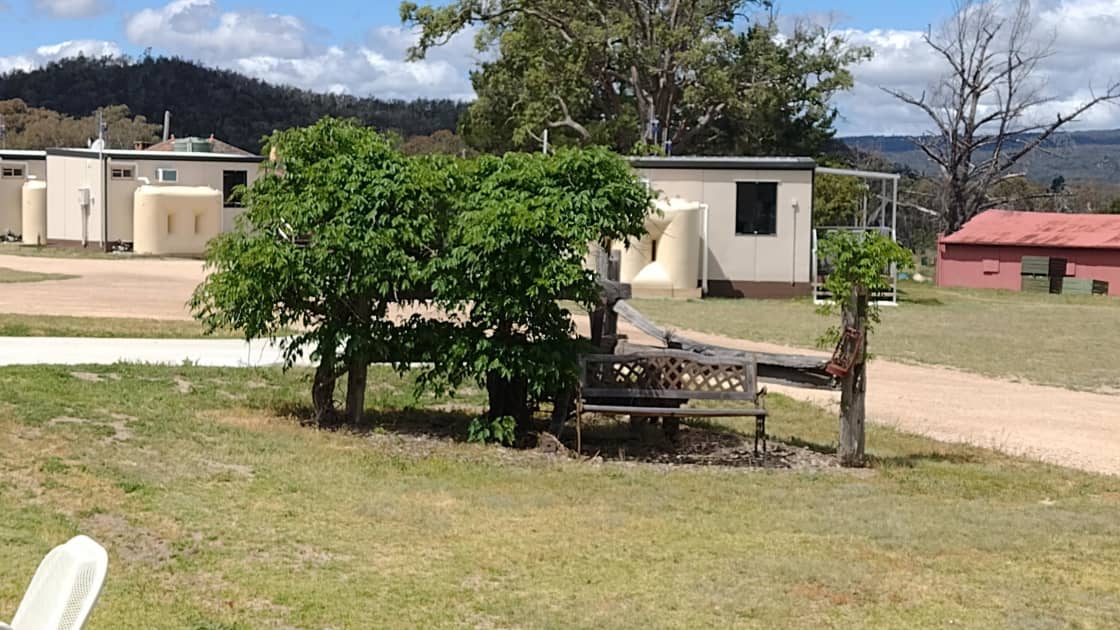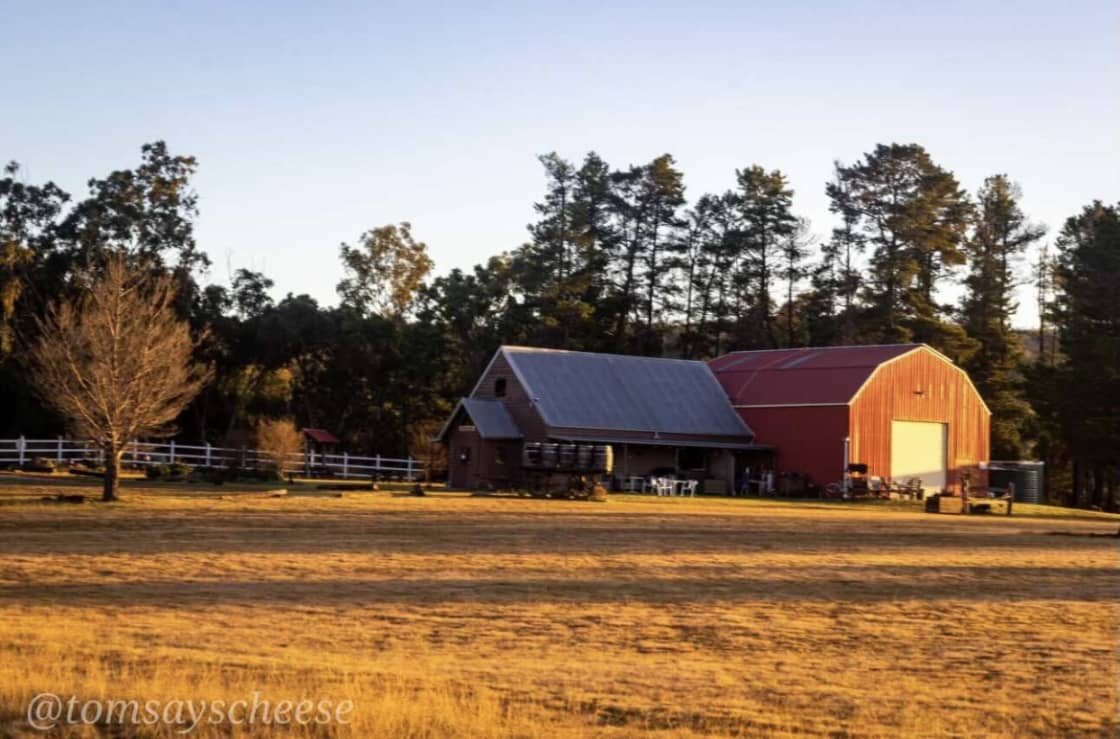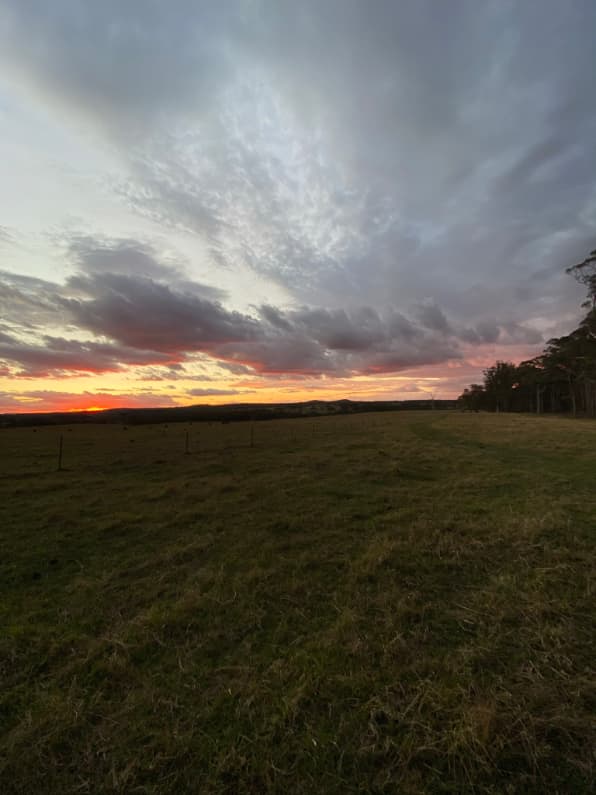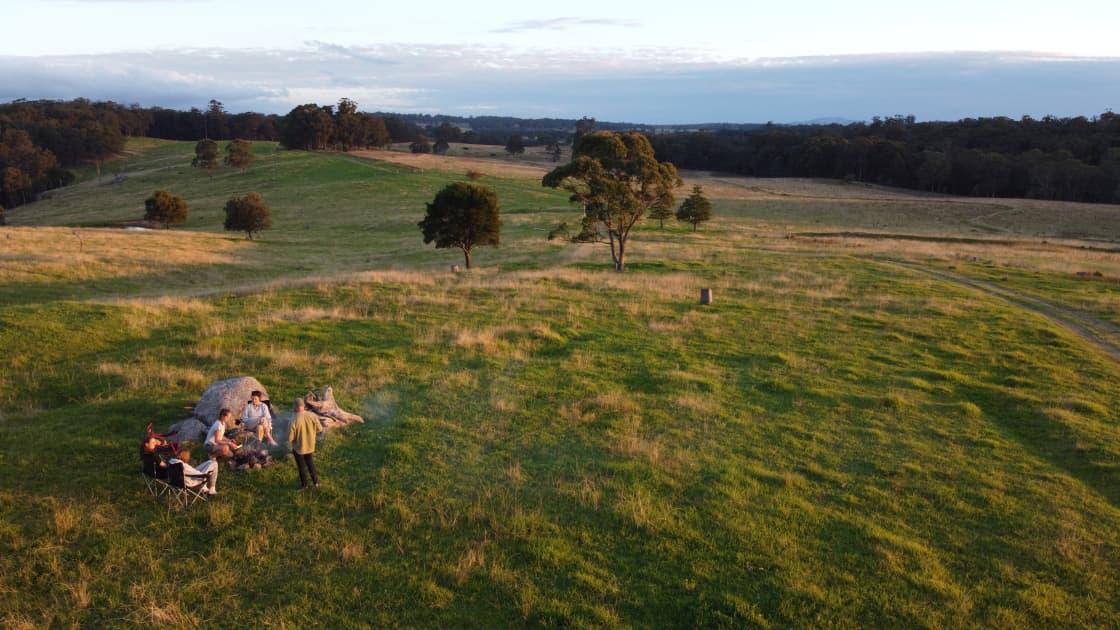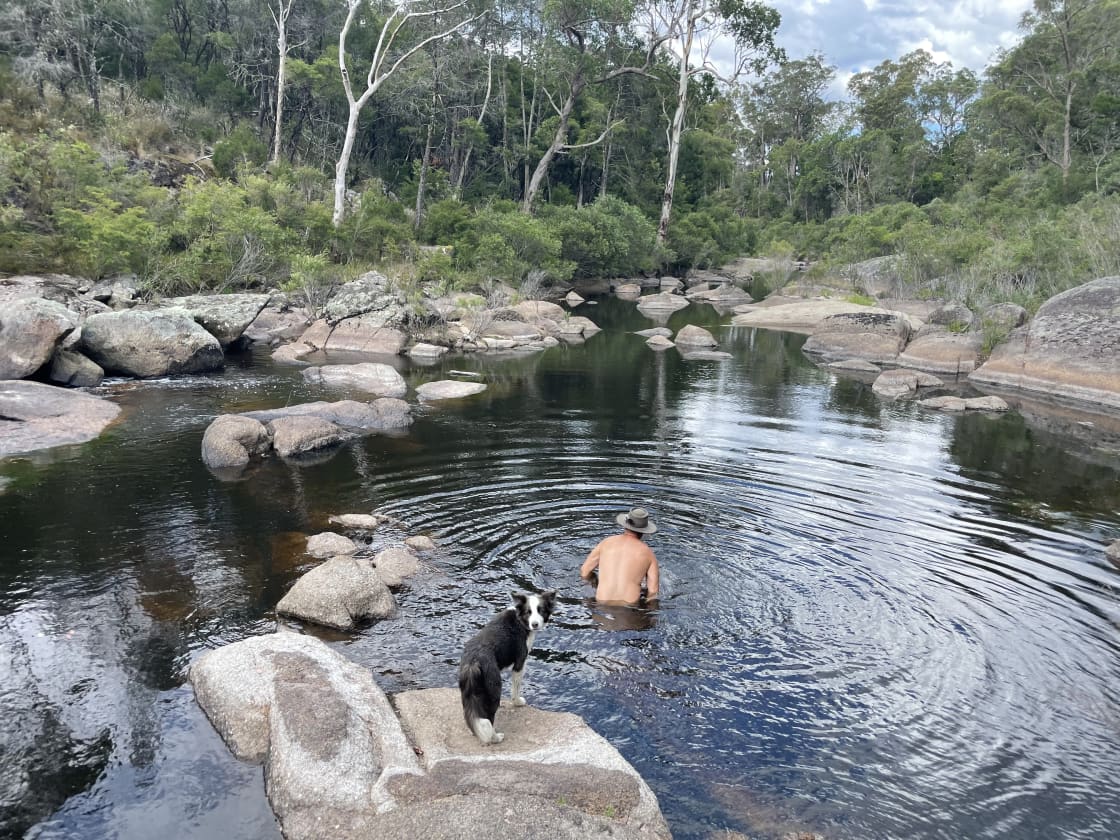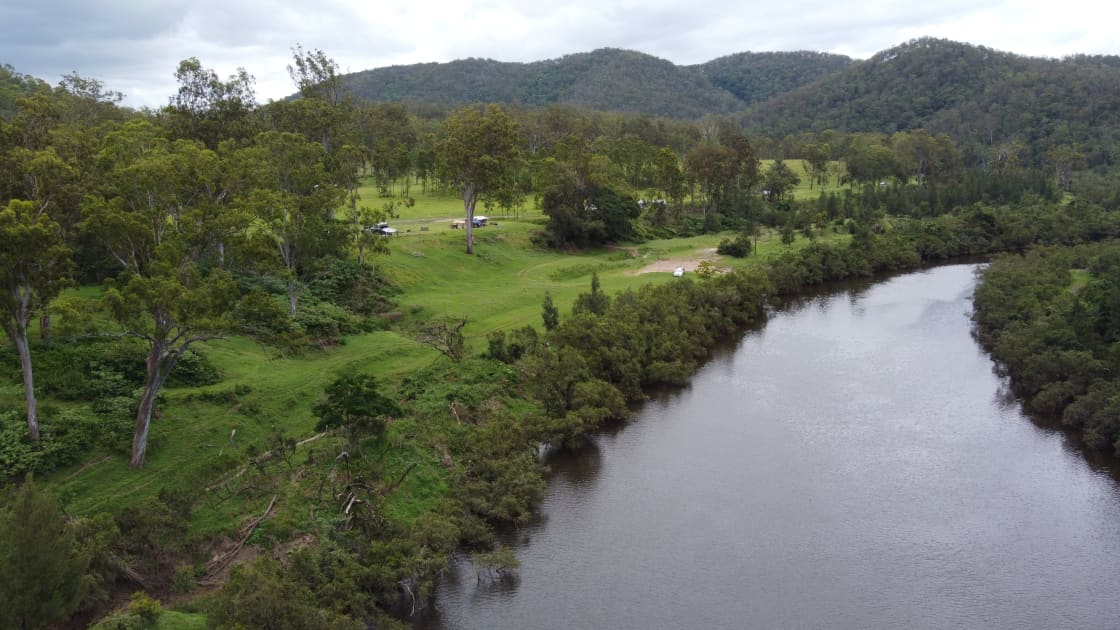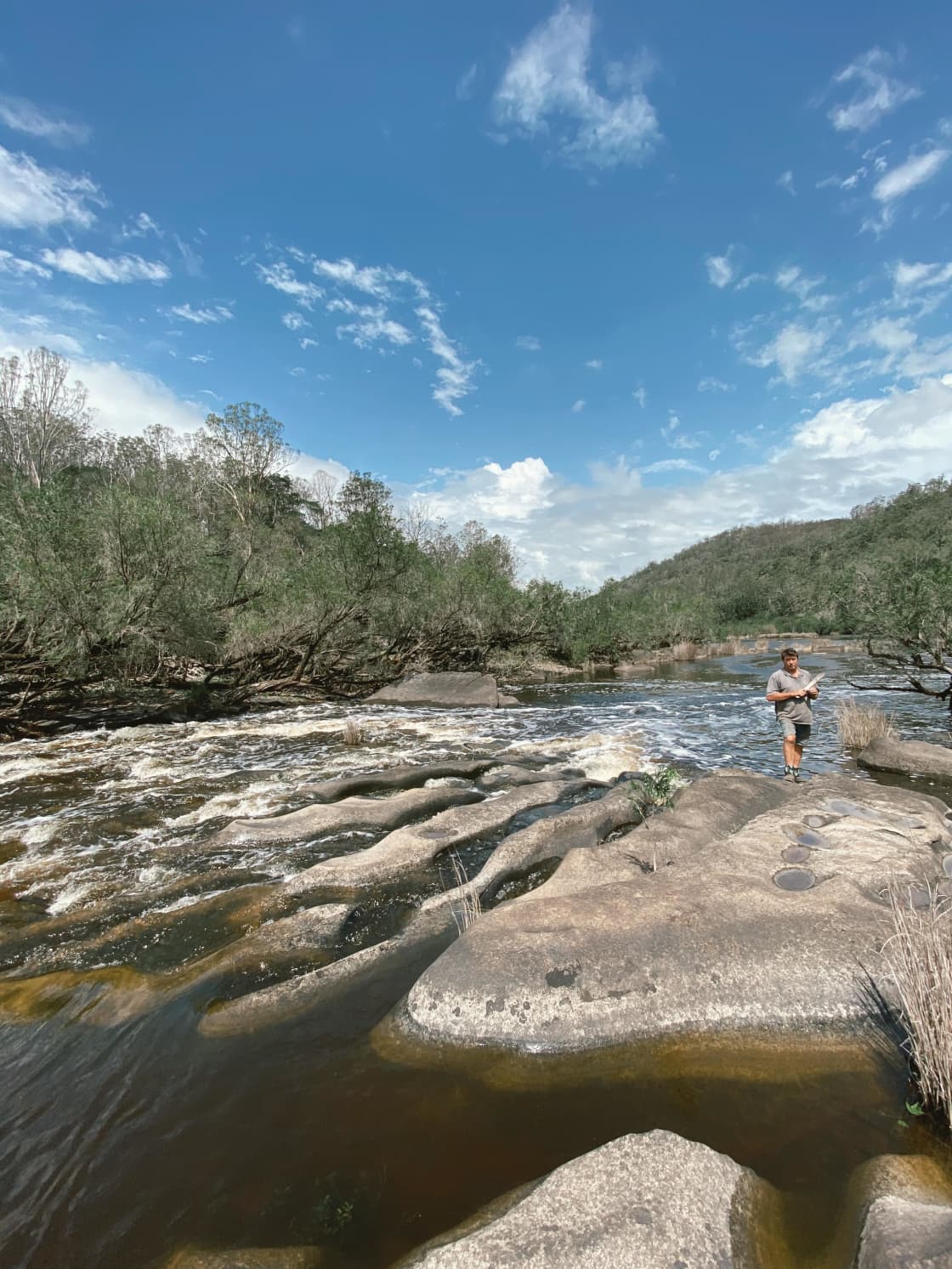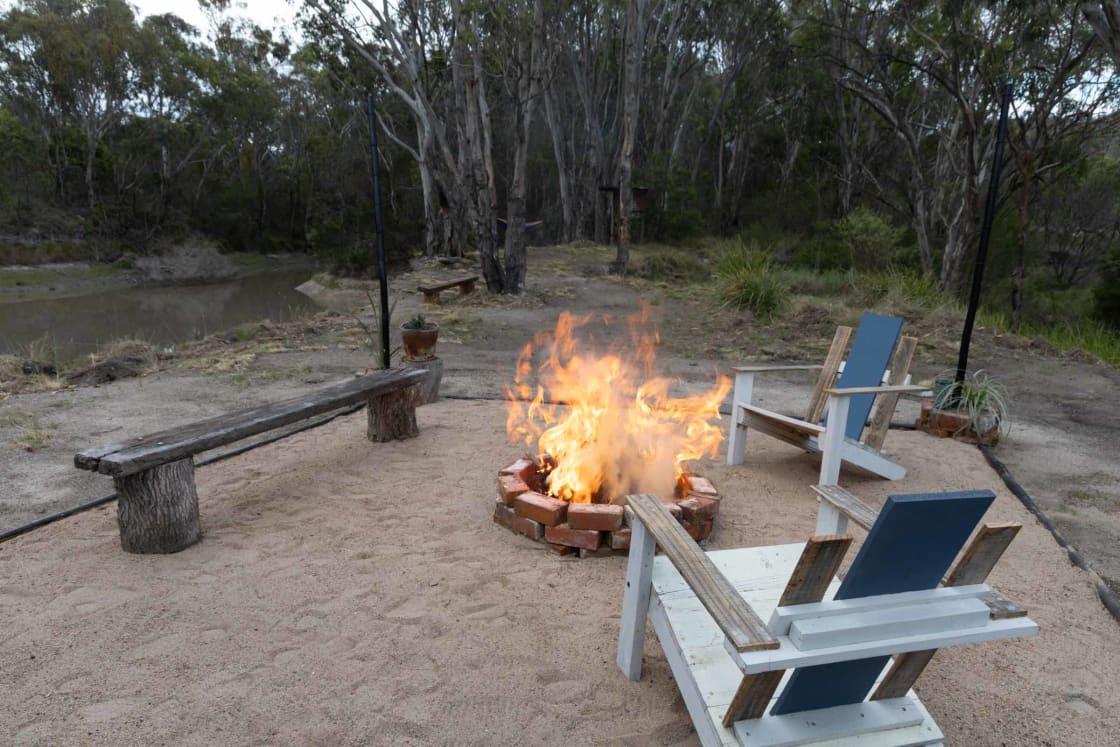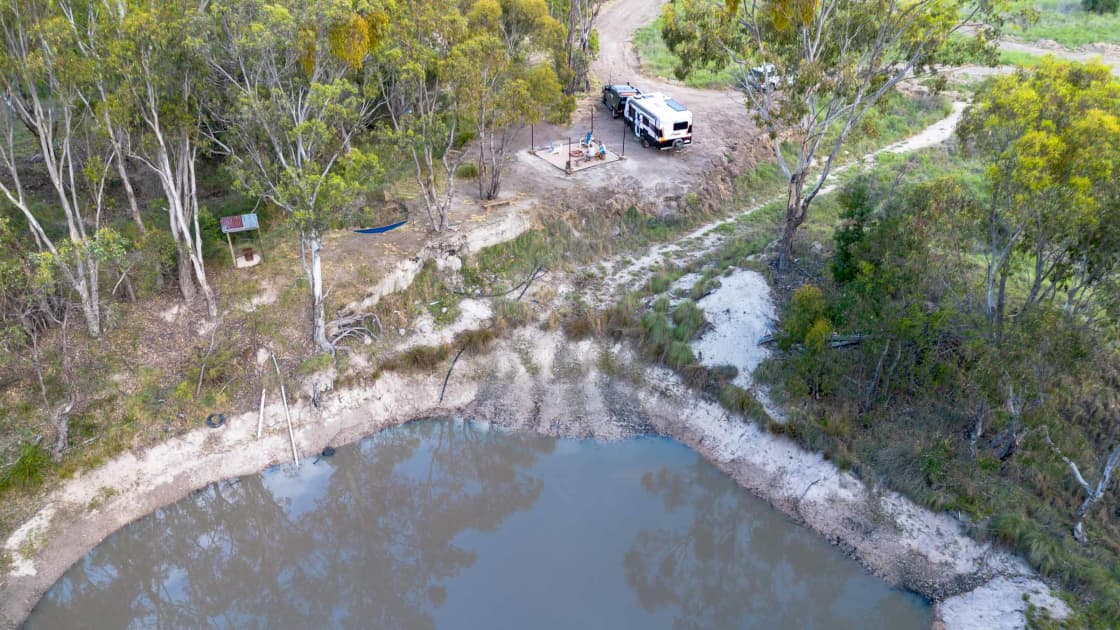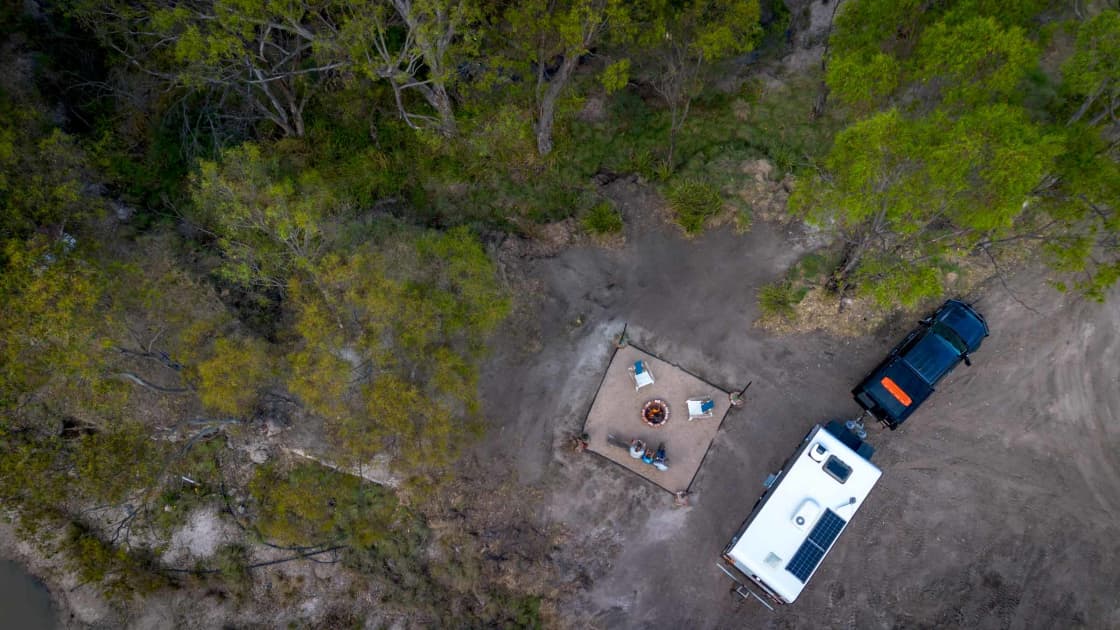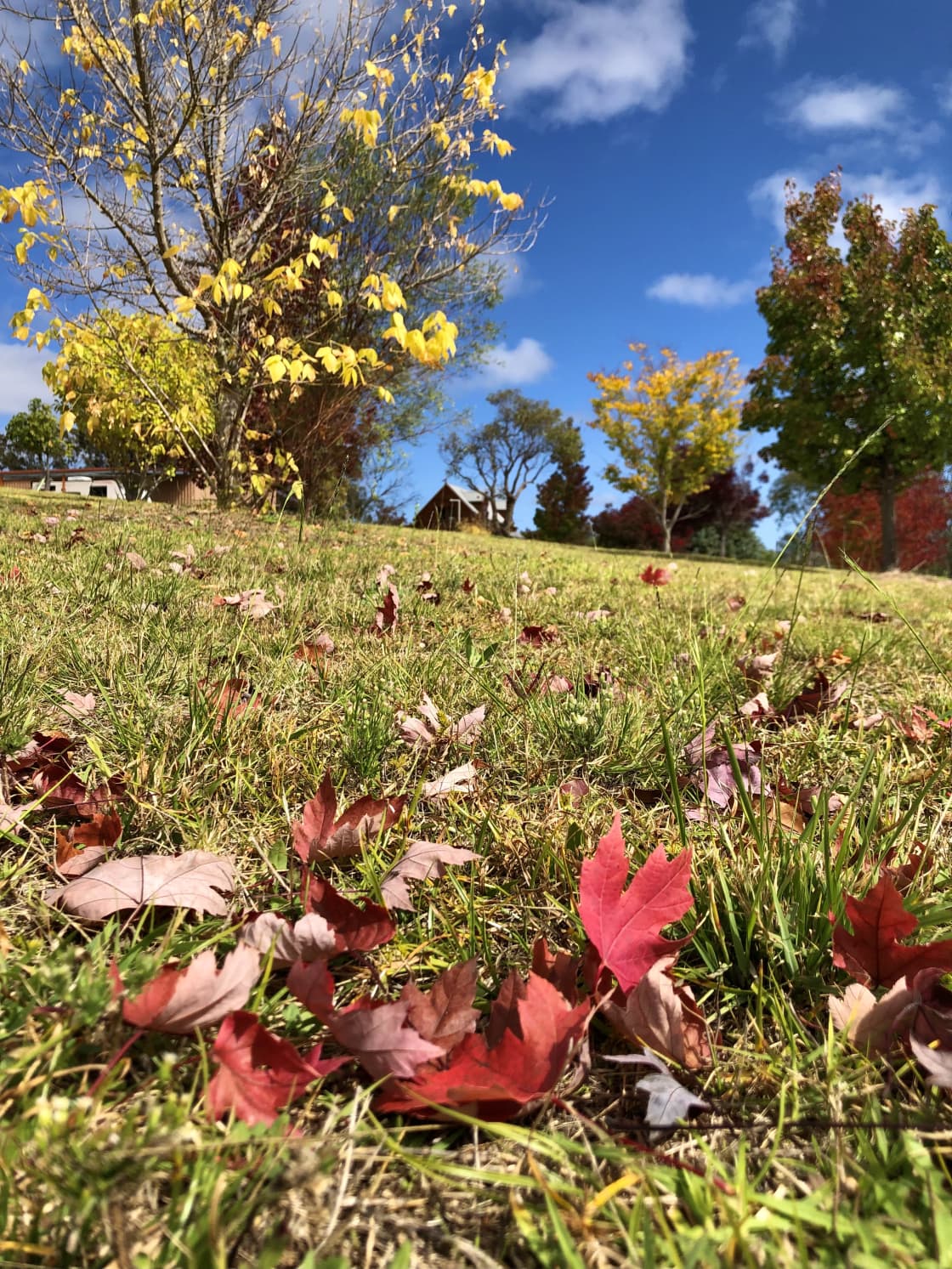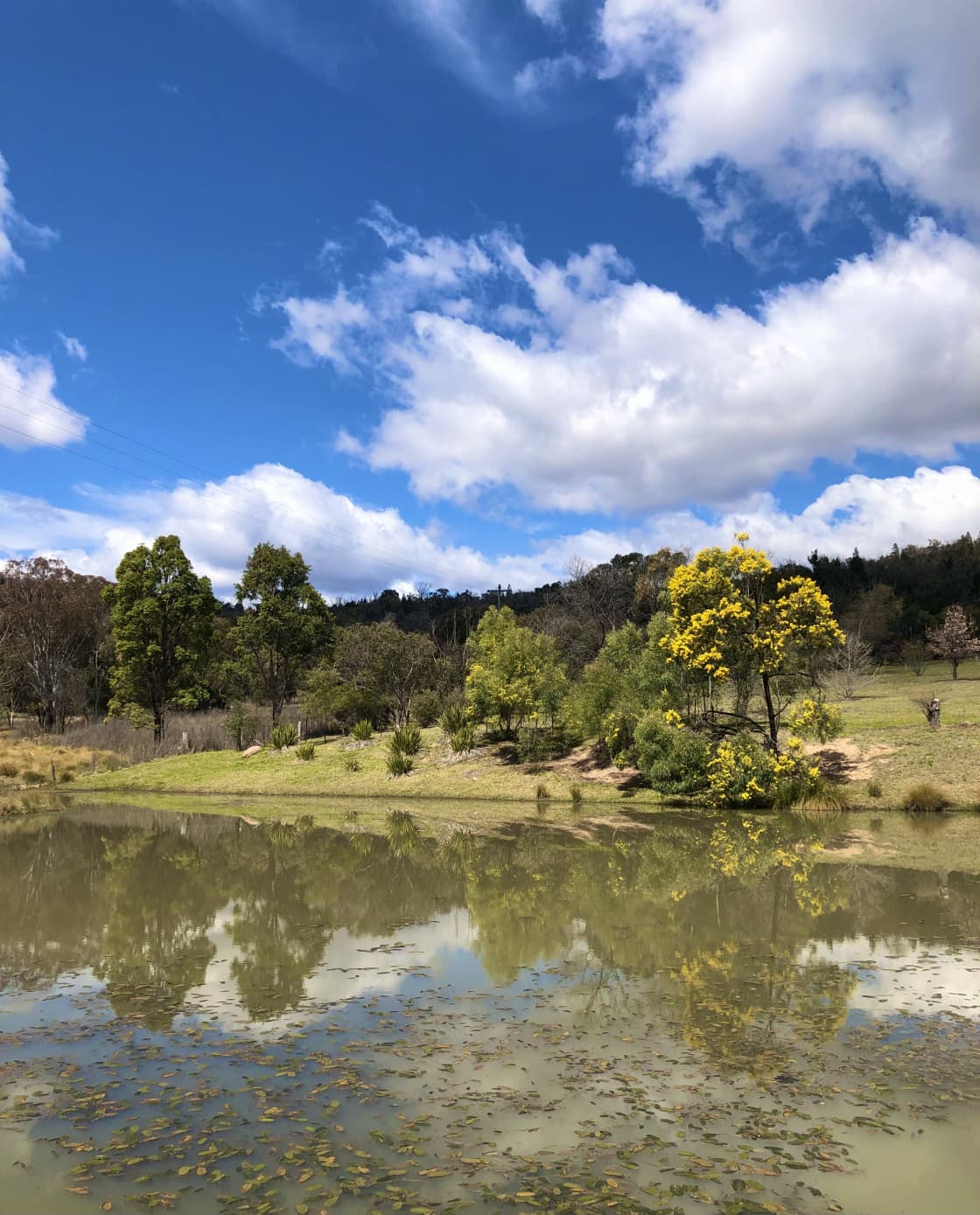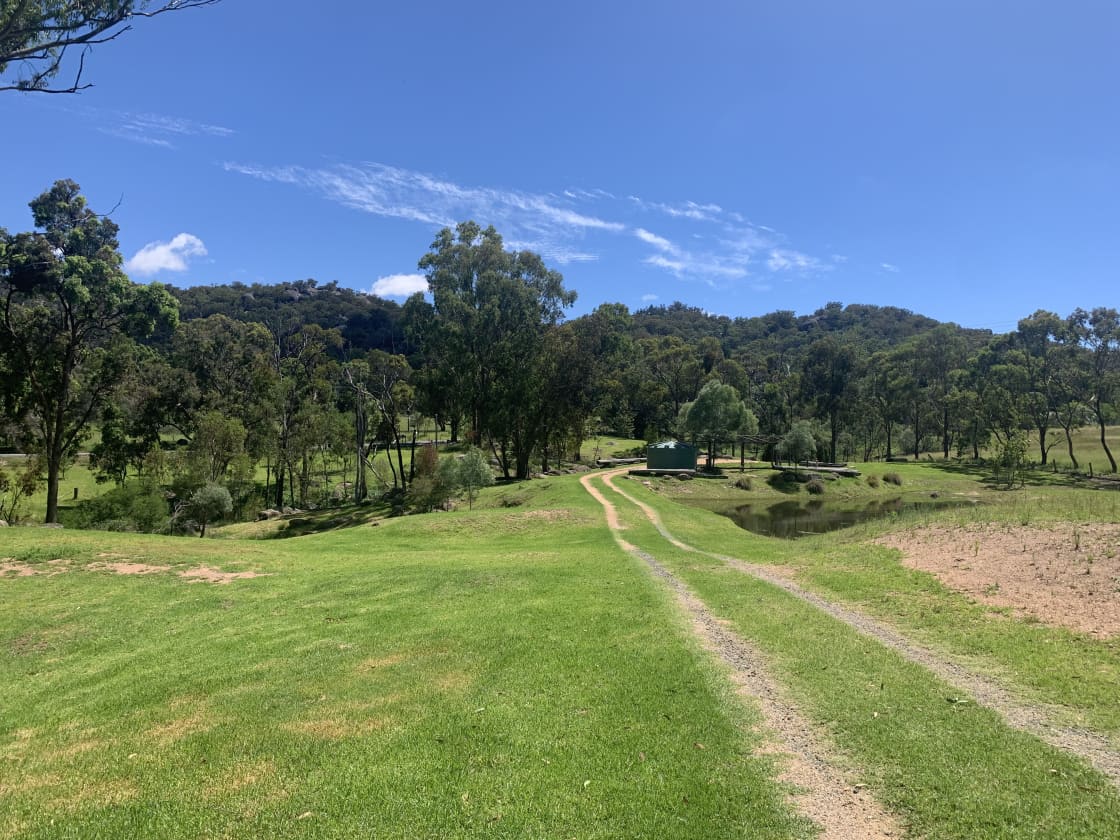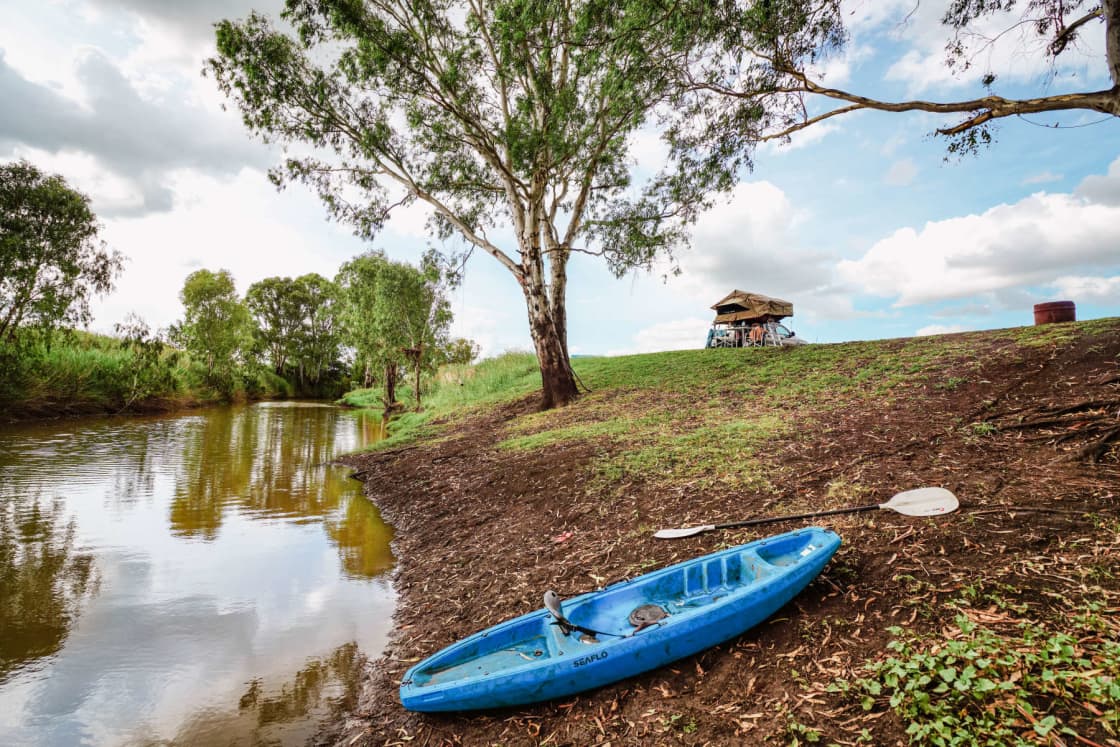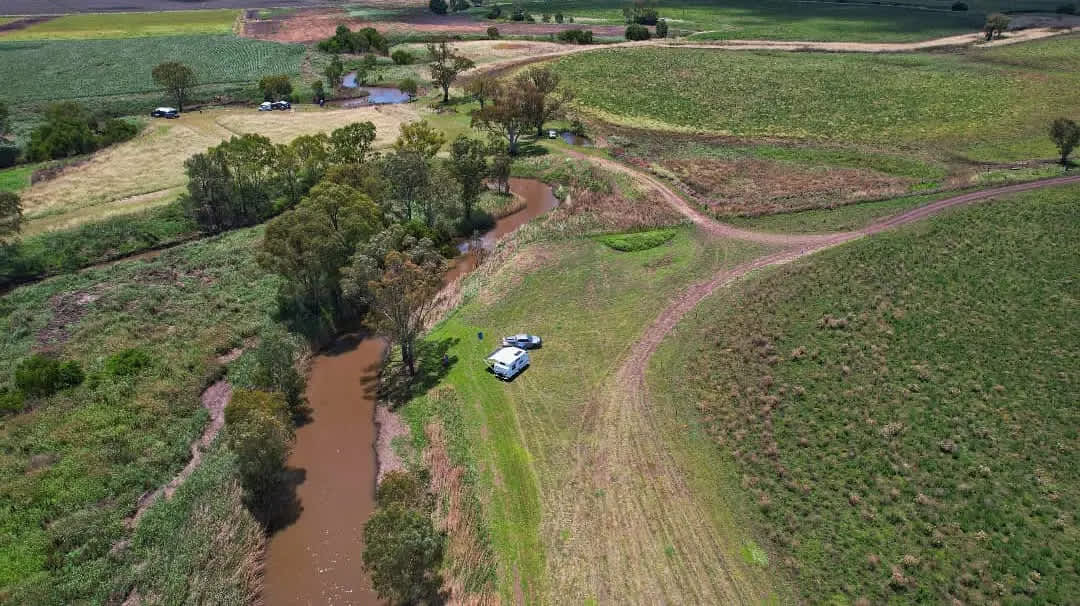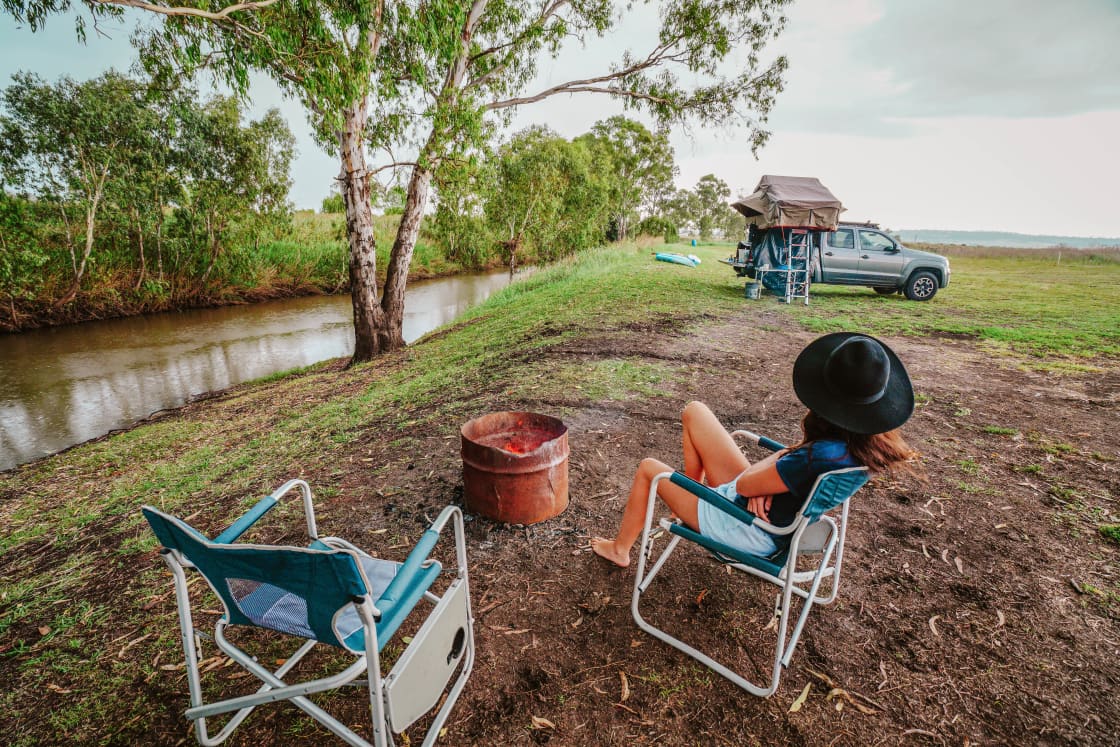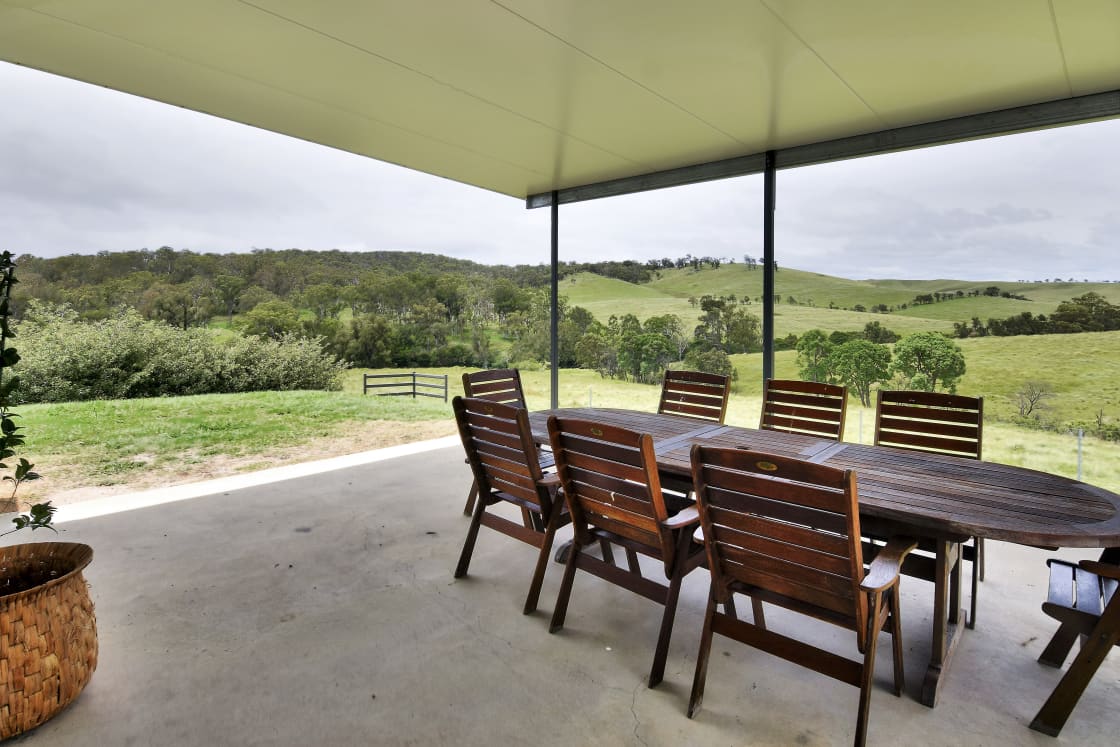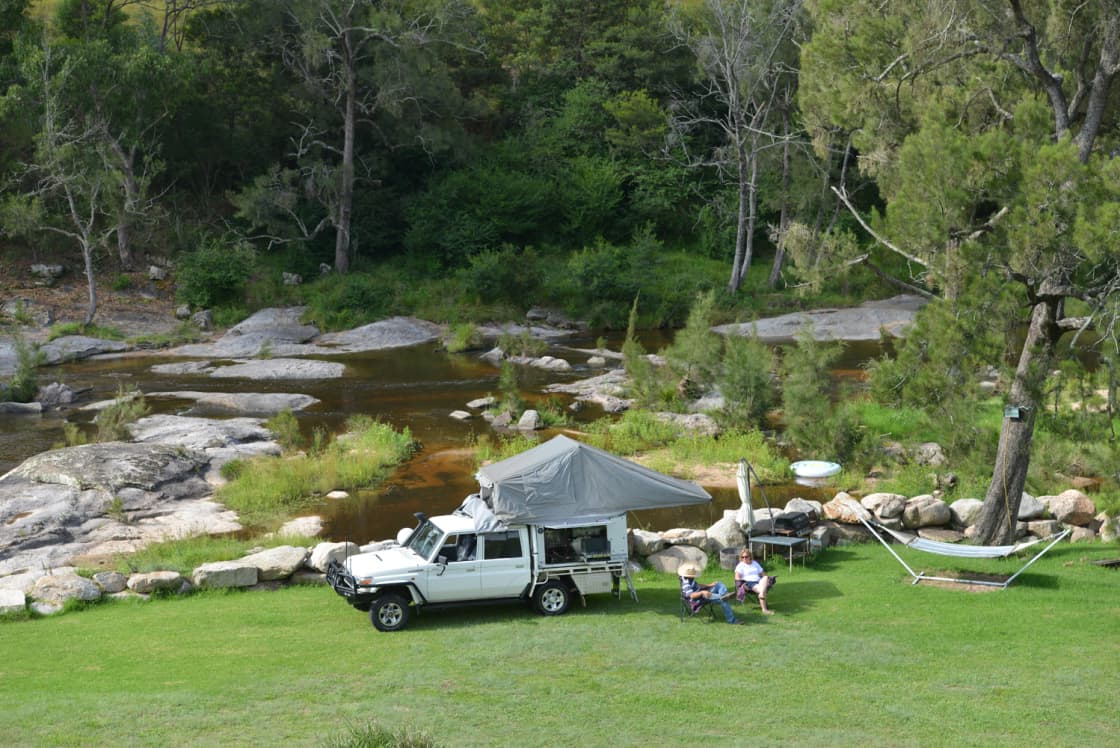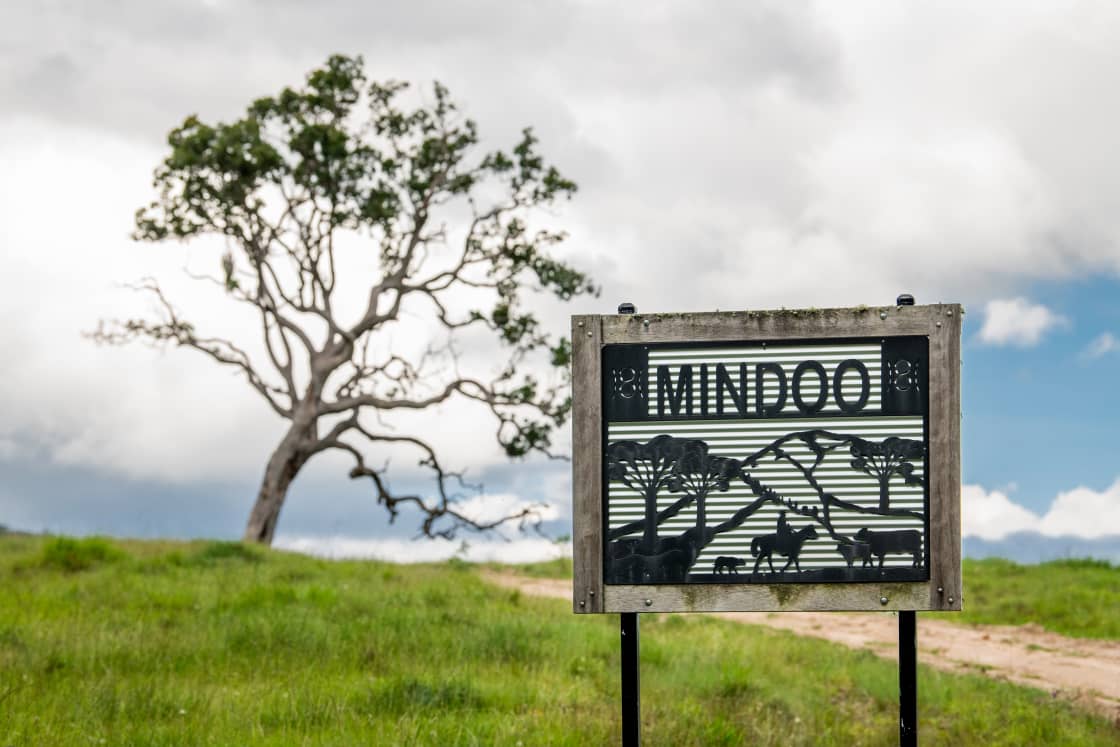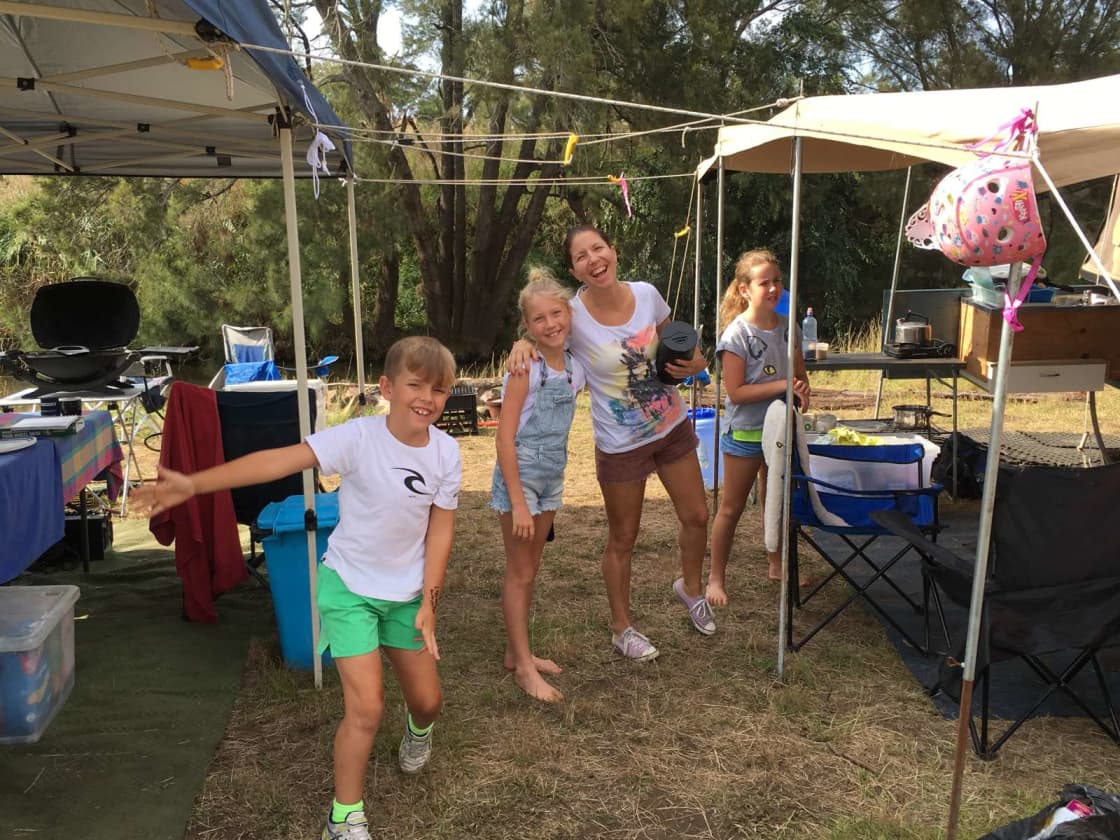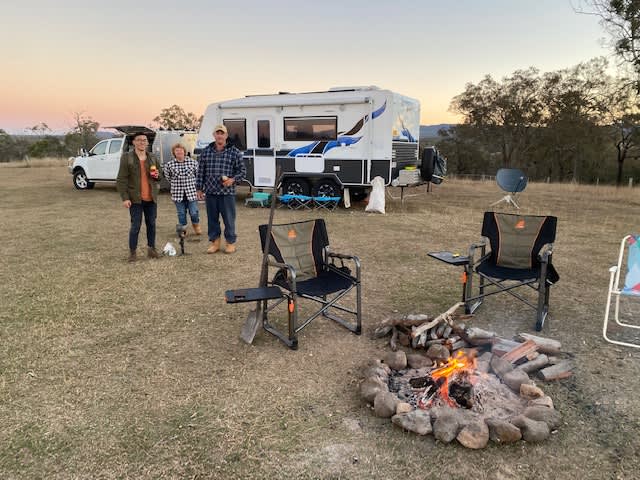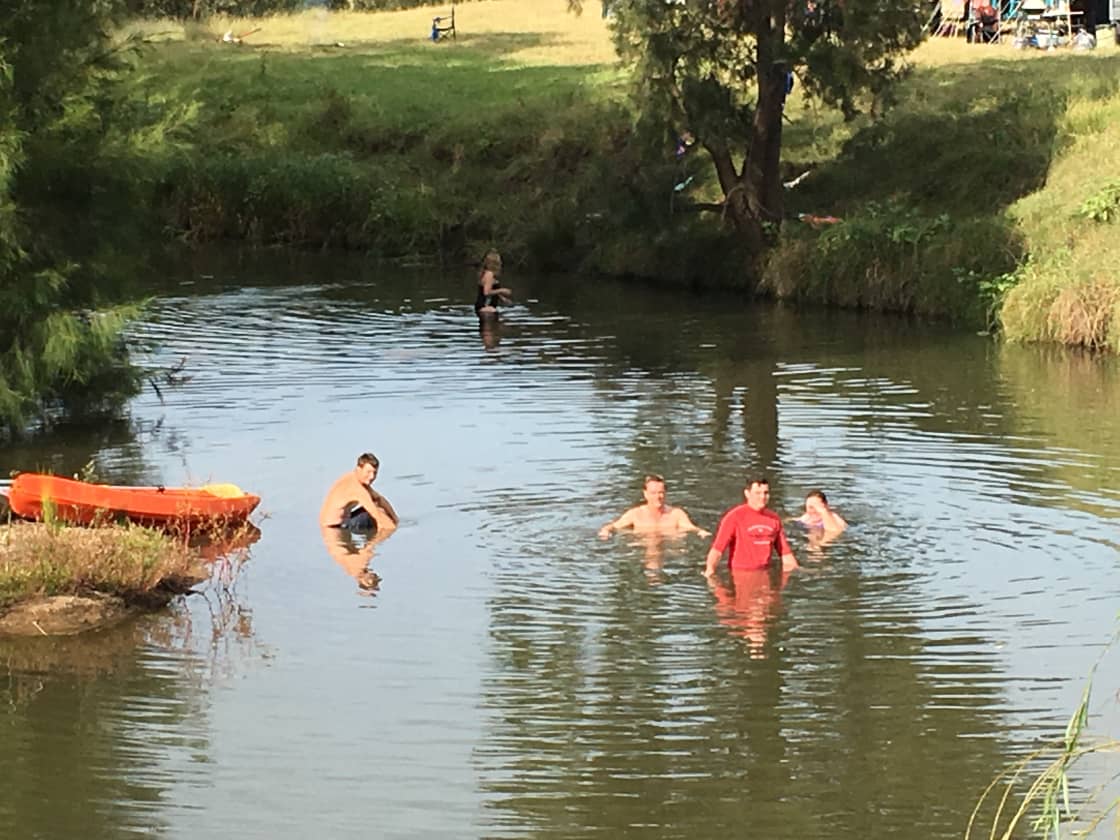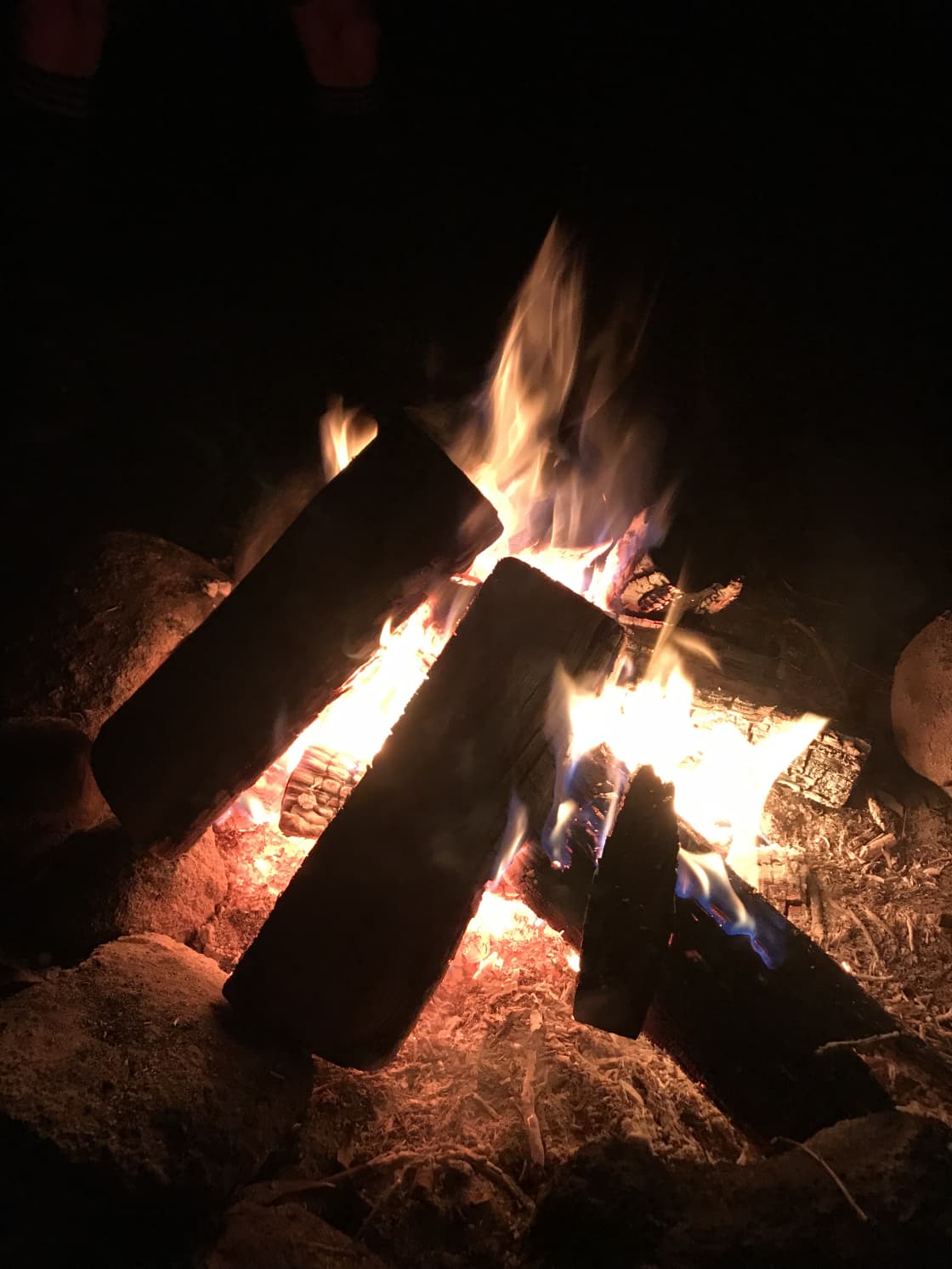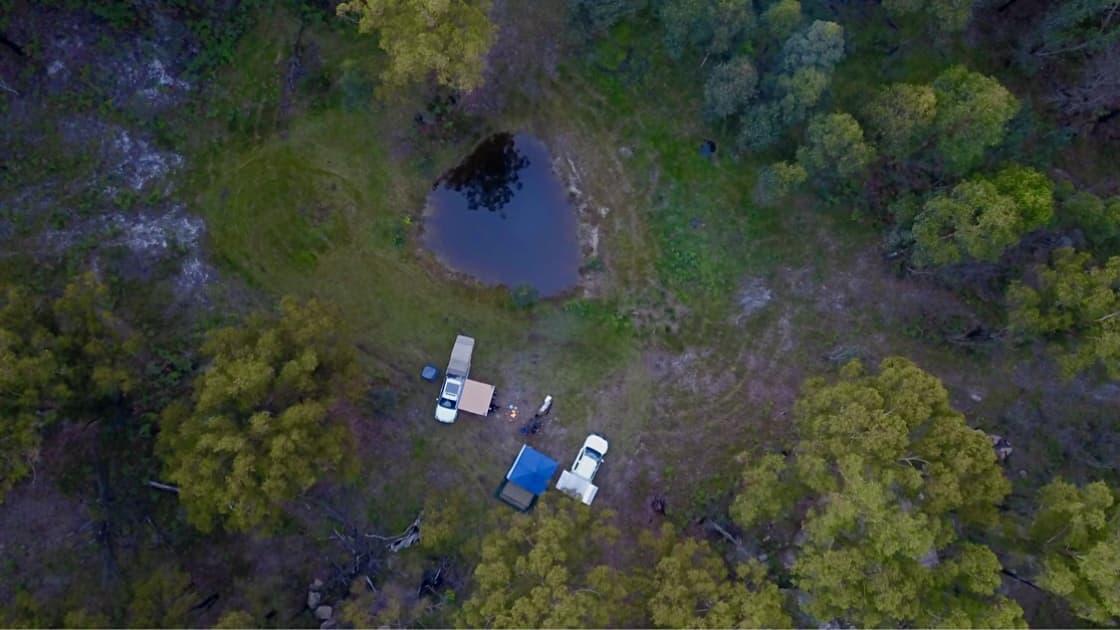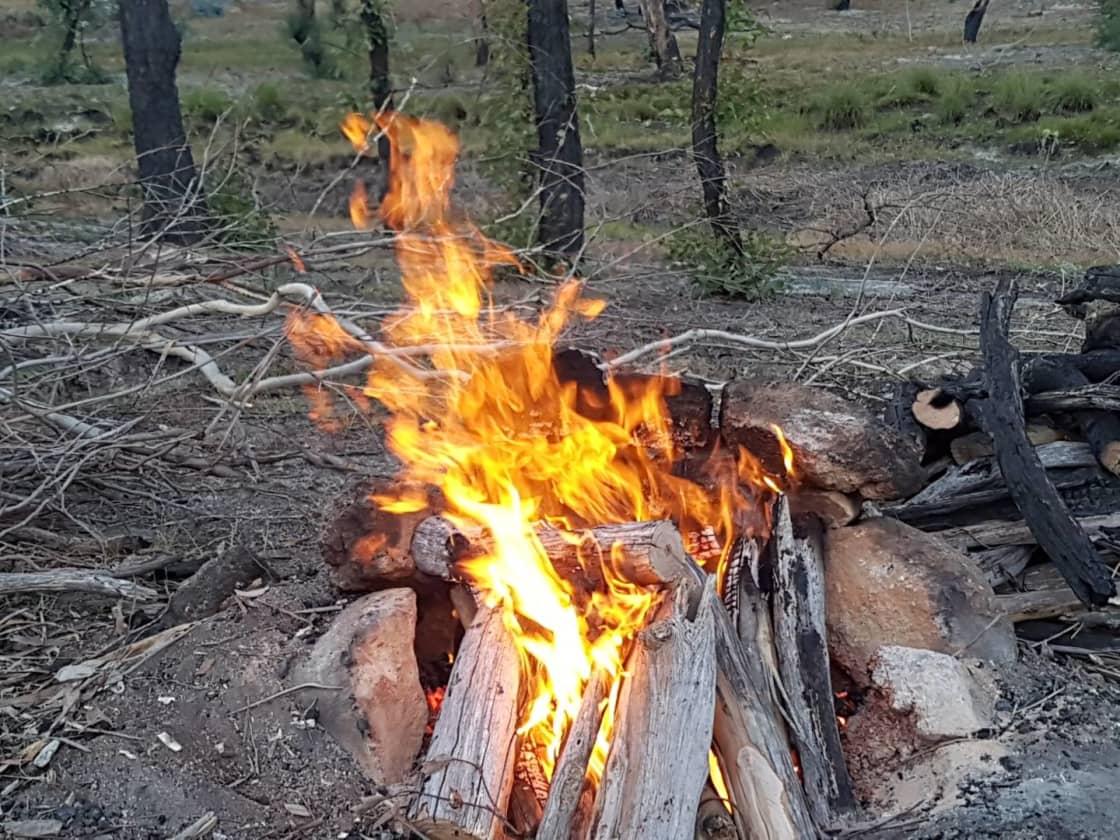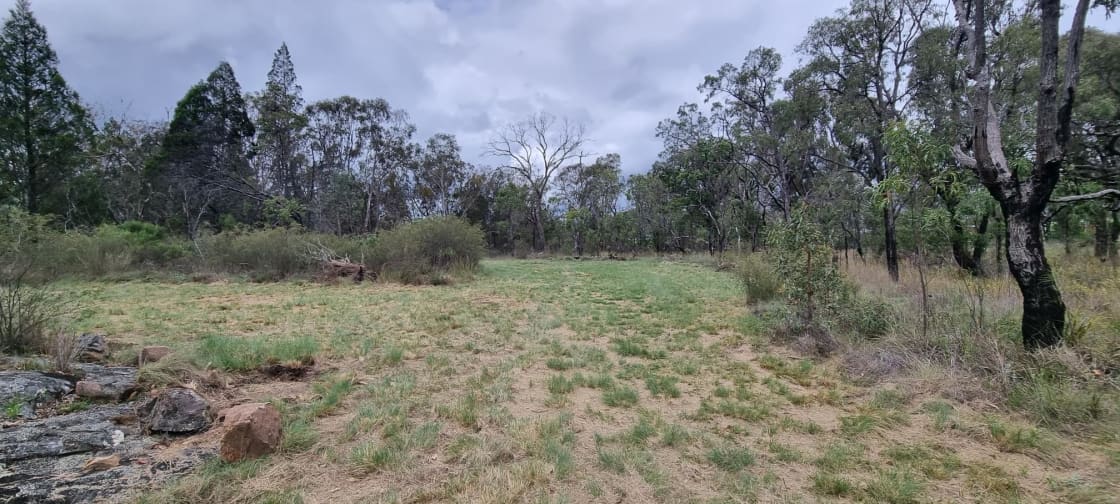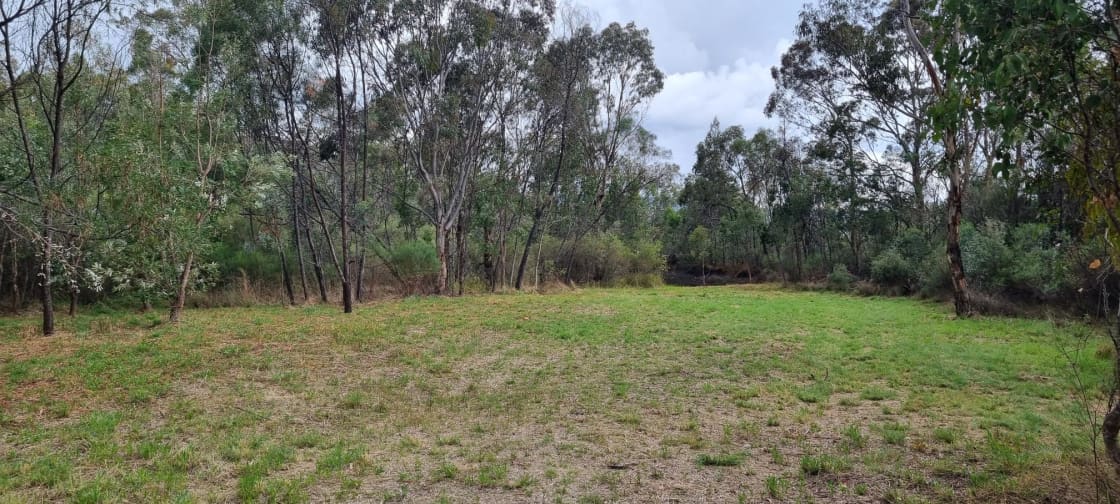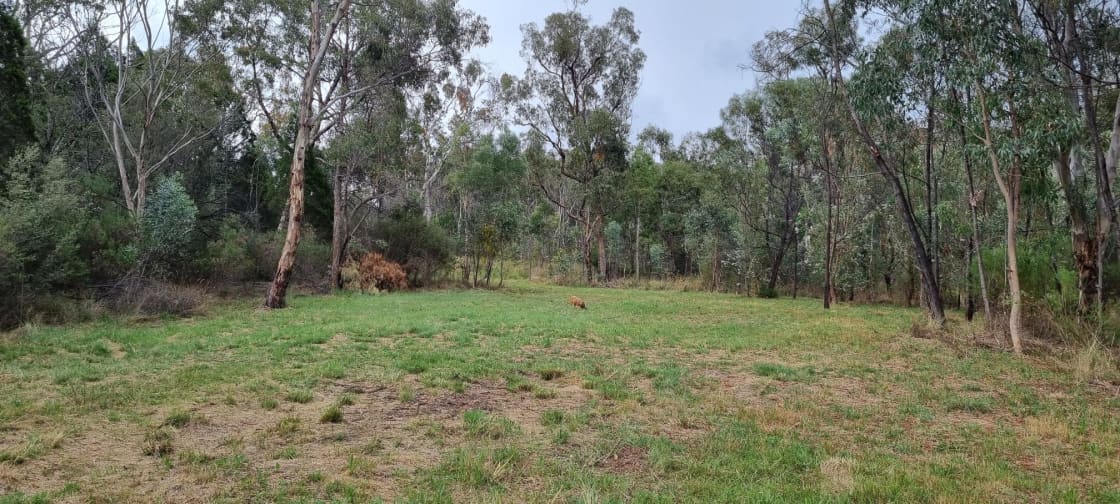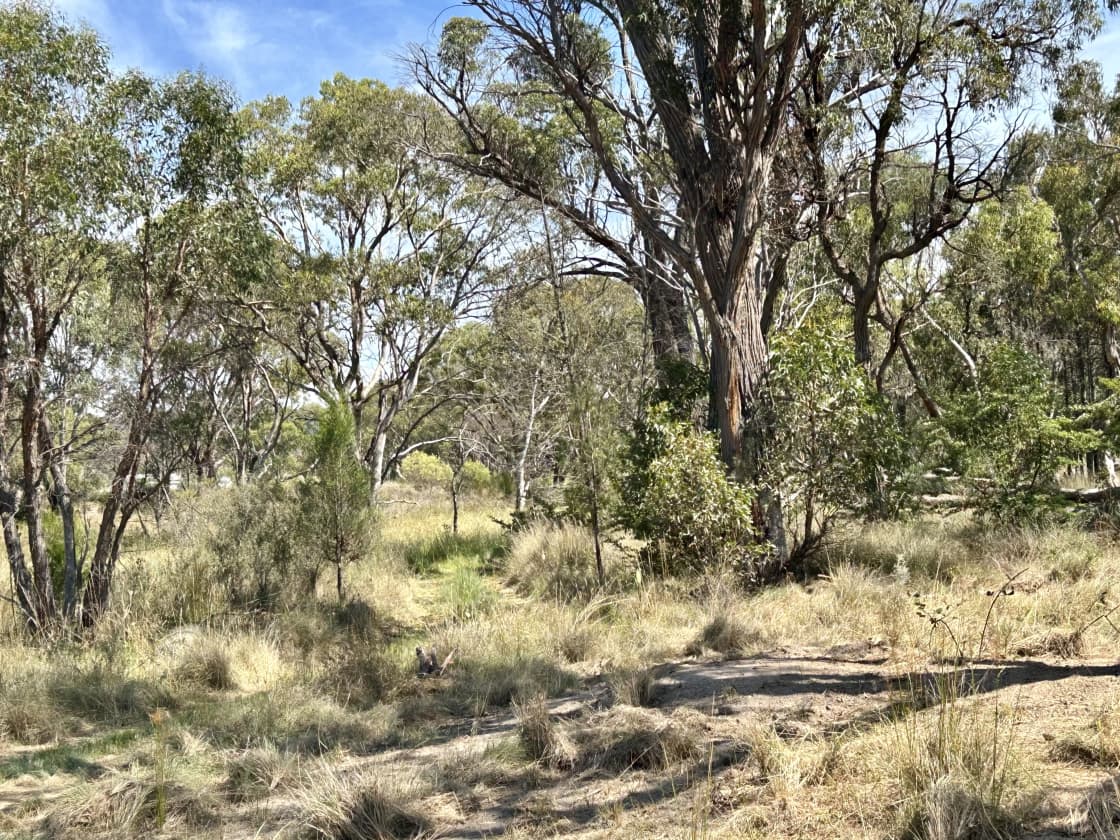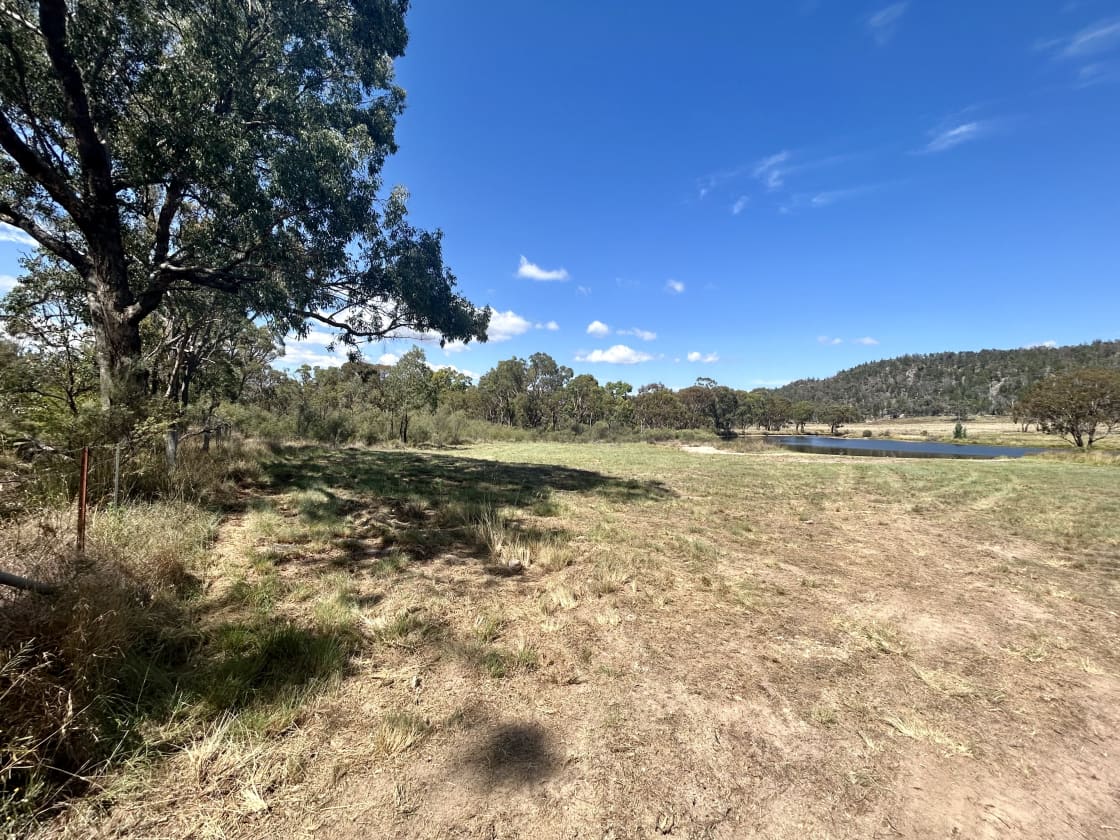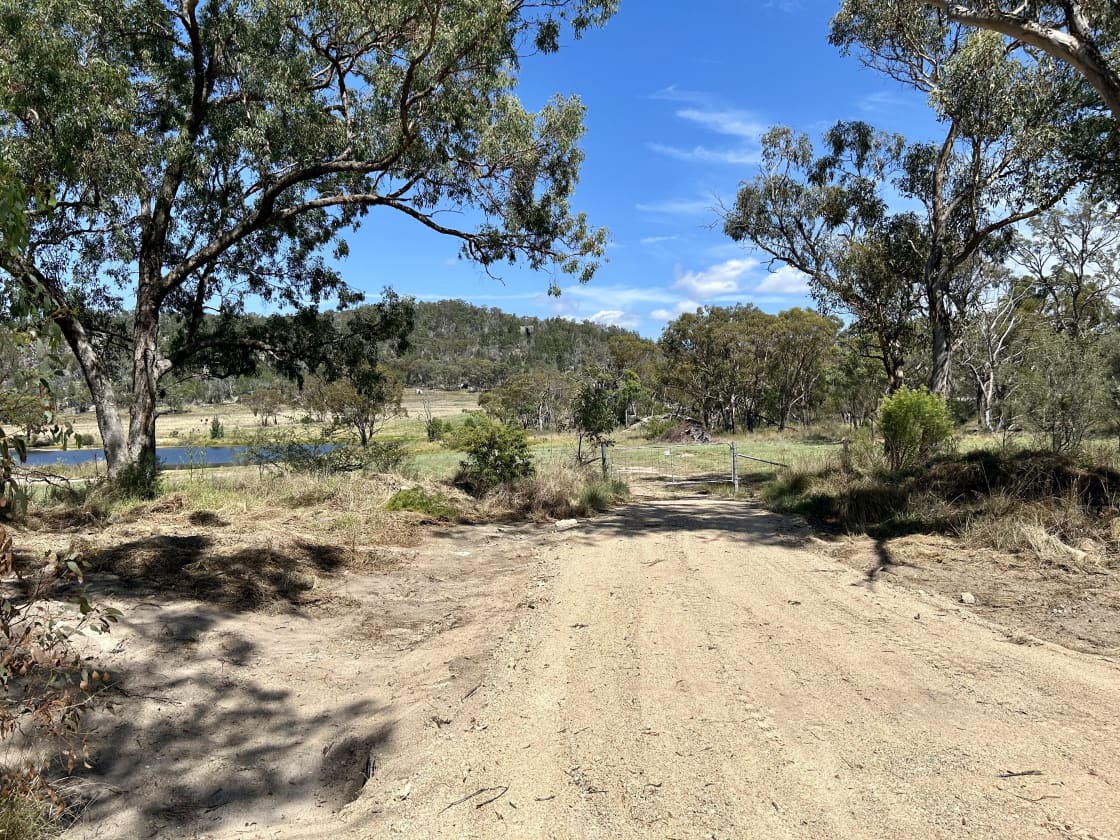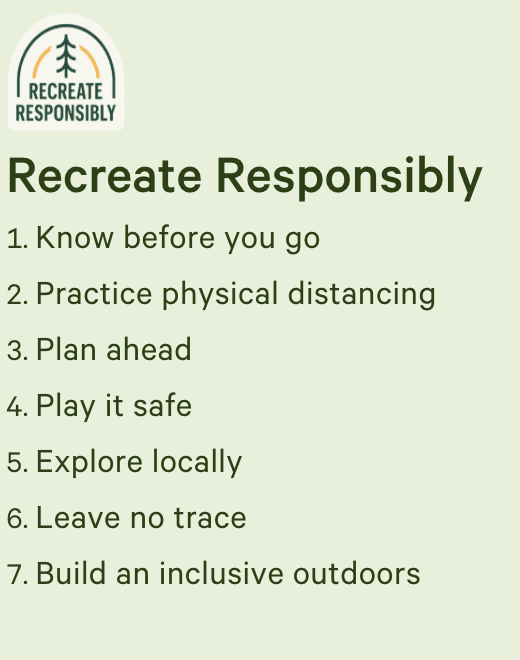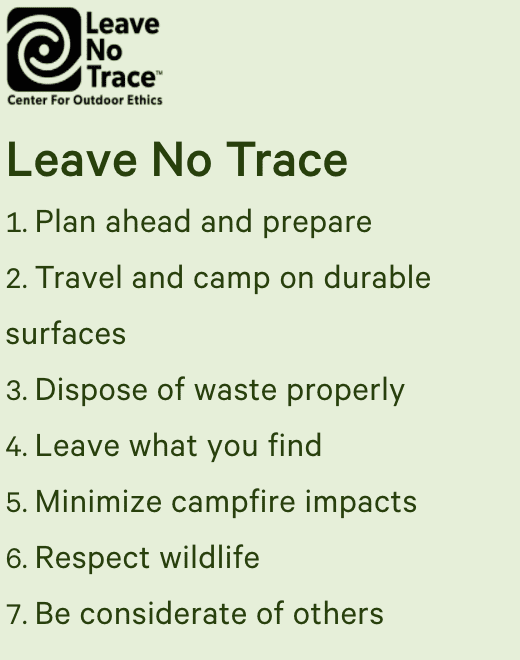The best camping near Girraween National Park
Discover the most magical spots to pitch your tent or park your rig on your next Girraween National Park adventure.
Granite rock formations, creeks, and hiking trails await.
Popular ways to camp
Community favorites near Girraween National Park
Top-rated campgrounds reviewed by the Hipcamp community.
Top-rated campgrounds near Girraween National Park
Aloomba Lavender Farm
Mountview Wines Camping and Cabins
Stonepine Ridge 'where eagles fly'
On the Clarence Camping
Speakeasy Vineyard
Loft Haven Meadows @ Girraween
Warrego Farm
"Mindoo"
Berrima Farmstay
Bald Rock Station
Krupinski Estate
Mt Stirling Farm Off-Grid
The best camping near Girraween National Park guide
Overview
About
A popular national park just 26 kilometres south of the country town of Stanthorpe, Girraween offers more than 30 kilometres of walking trails to choose from. Adventurous hikers like the climb to the top of the 1,112-metre Pyramids, which requires some rock scrambling up a vertical incline and results in a reward of commanding views over the park. A giant granite boulder perched at a ridiculously precarious angle is arguably the park’s most famous attraction. Girraween is an Aboriginal word meaning “place of flowers”—in spring, wildflowers bloom all around the park.
When to go
In the hot months of January and February, be prepared to walk earlier in the morning or later in the day to avoid the heat. Temperatures can hit 32°C (90°F) midday, when the sun’s reflection on the granite surfaces make it even hotter. In the spring months of September and October, native pea flowers (bush peas) create vibrant splashes of pink, orange, and purple throughout the park. Weekends are always busy, but winter wind gusts can make the park’s popular climbs too dangerous to attempt. In July and August, you may see frost or occasional snow on the ground.
Know before you go
- Girraween's granite rocks can become very slippery when wet and should not be climbed in damp conditions.
- The climb to the Pyramids should only be done in hiking boots with good grip.
- Most walks start from Bald Rock Creek Camping Area, so if you’re time poor, this is the best place to start.
- In dry conditions, wildlife can be found on the edge of the road seeking food, so please be aware and drive carefully.
Top cities near Girraween National Park
- Girraween National Park
